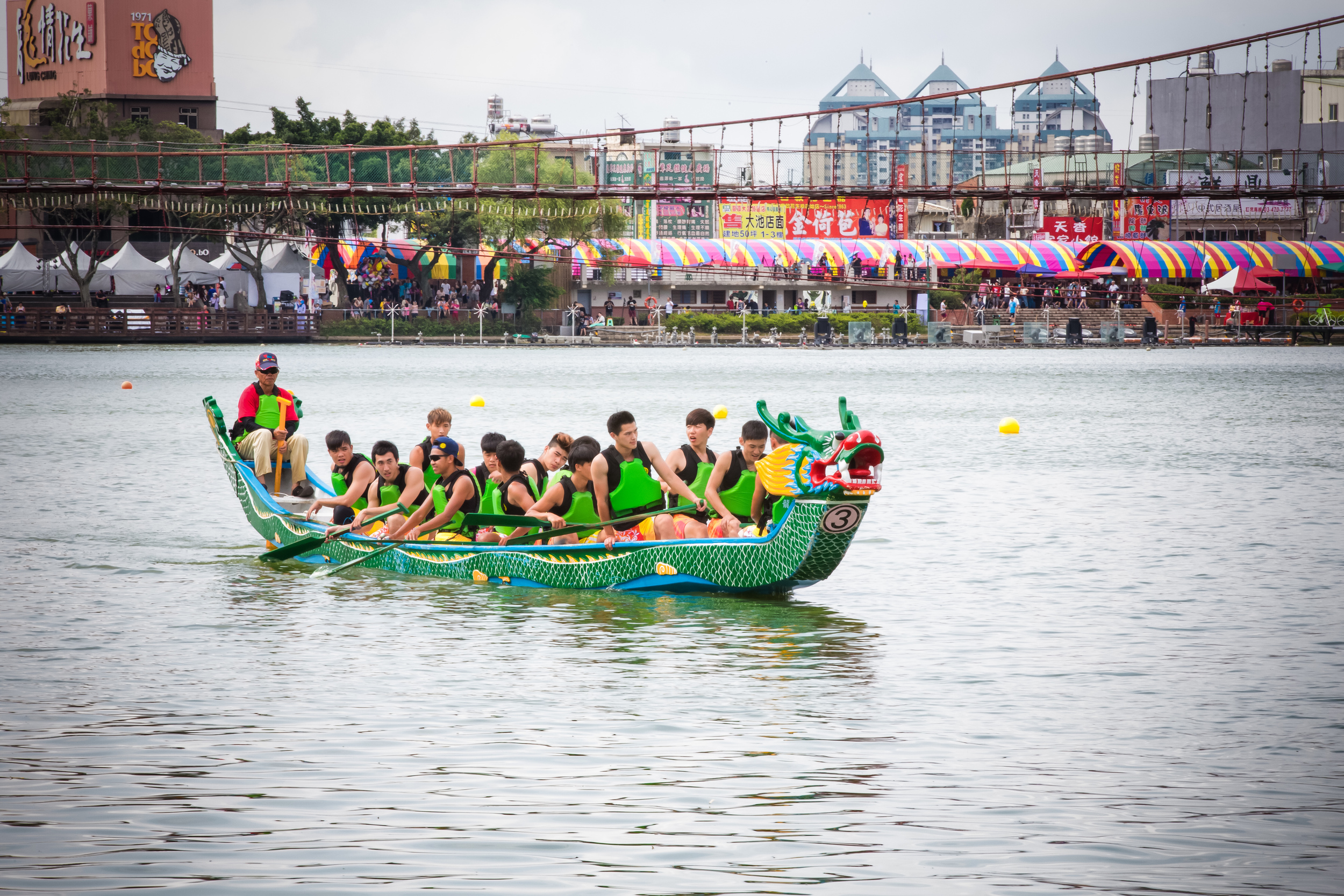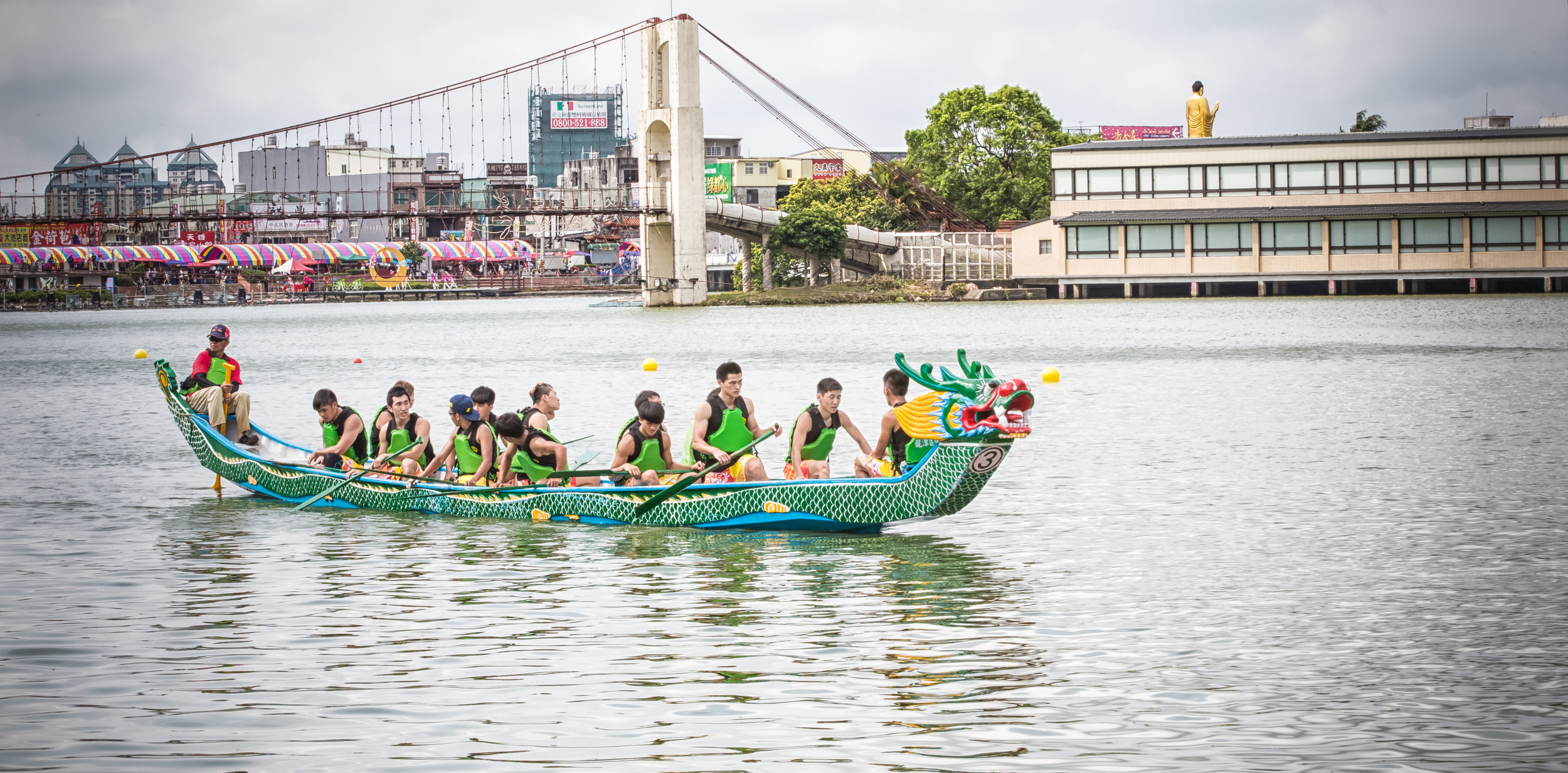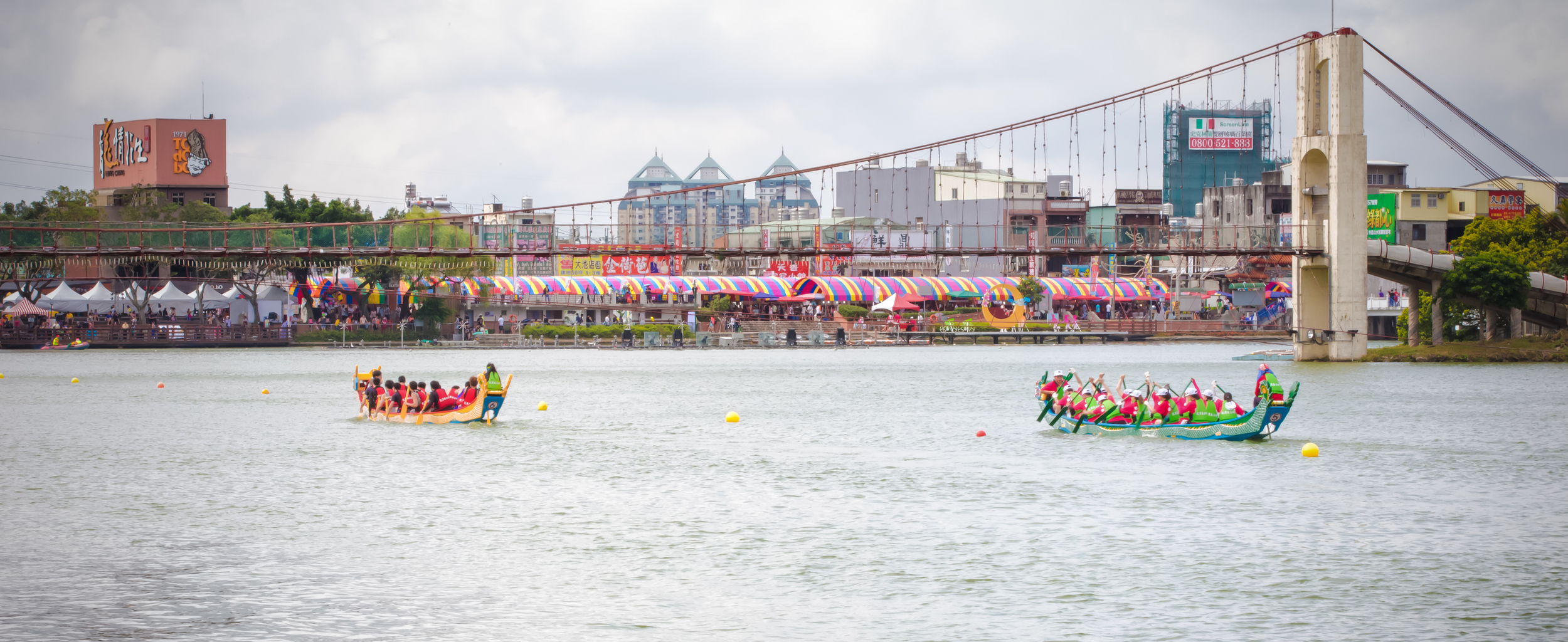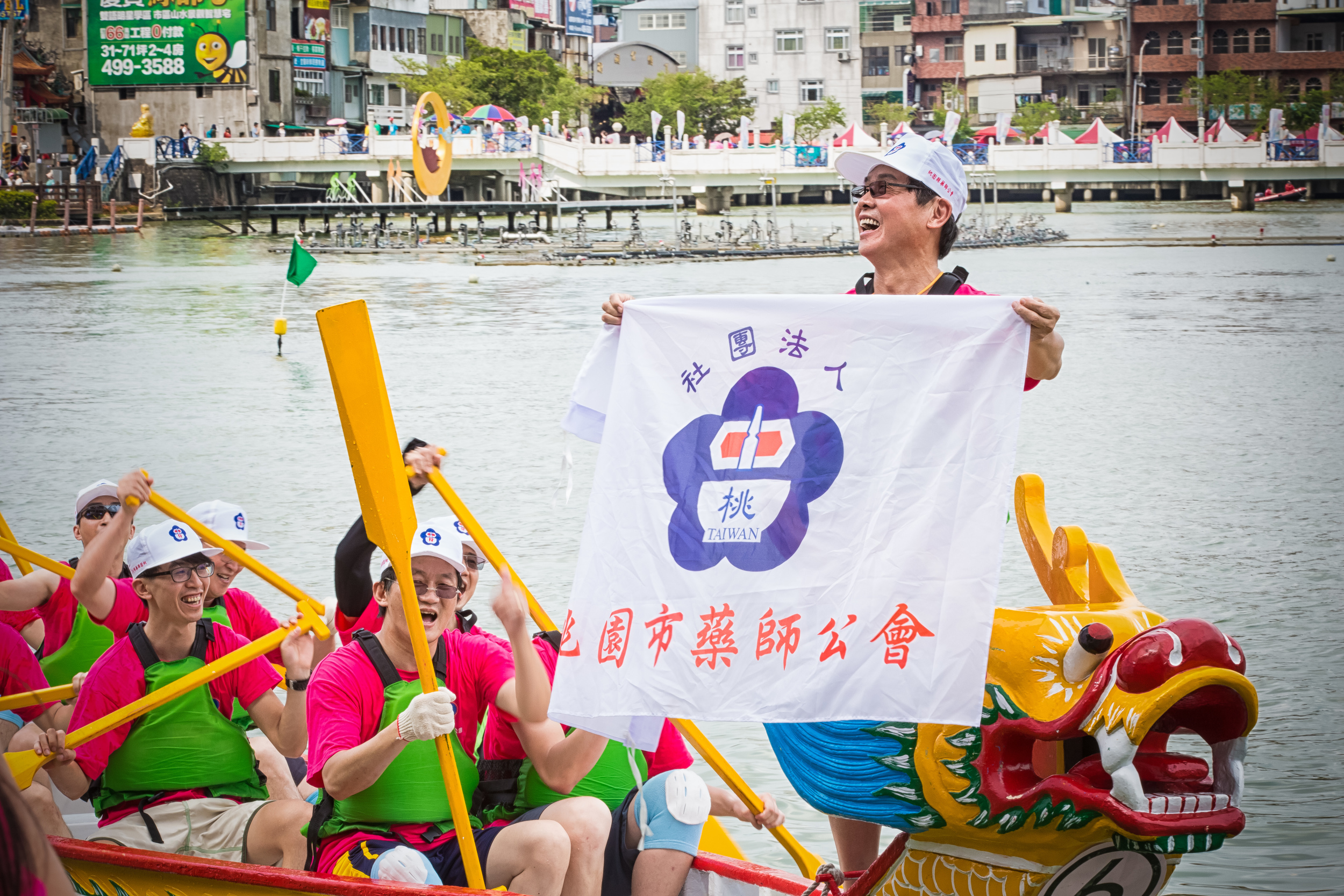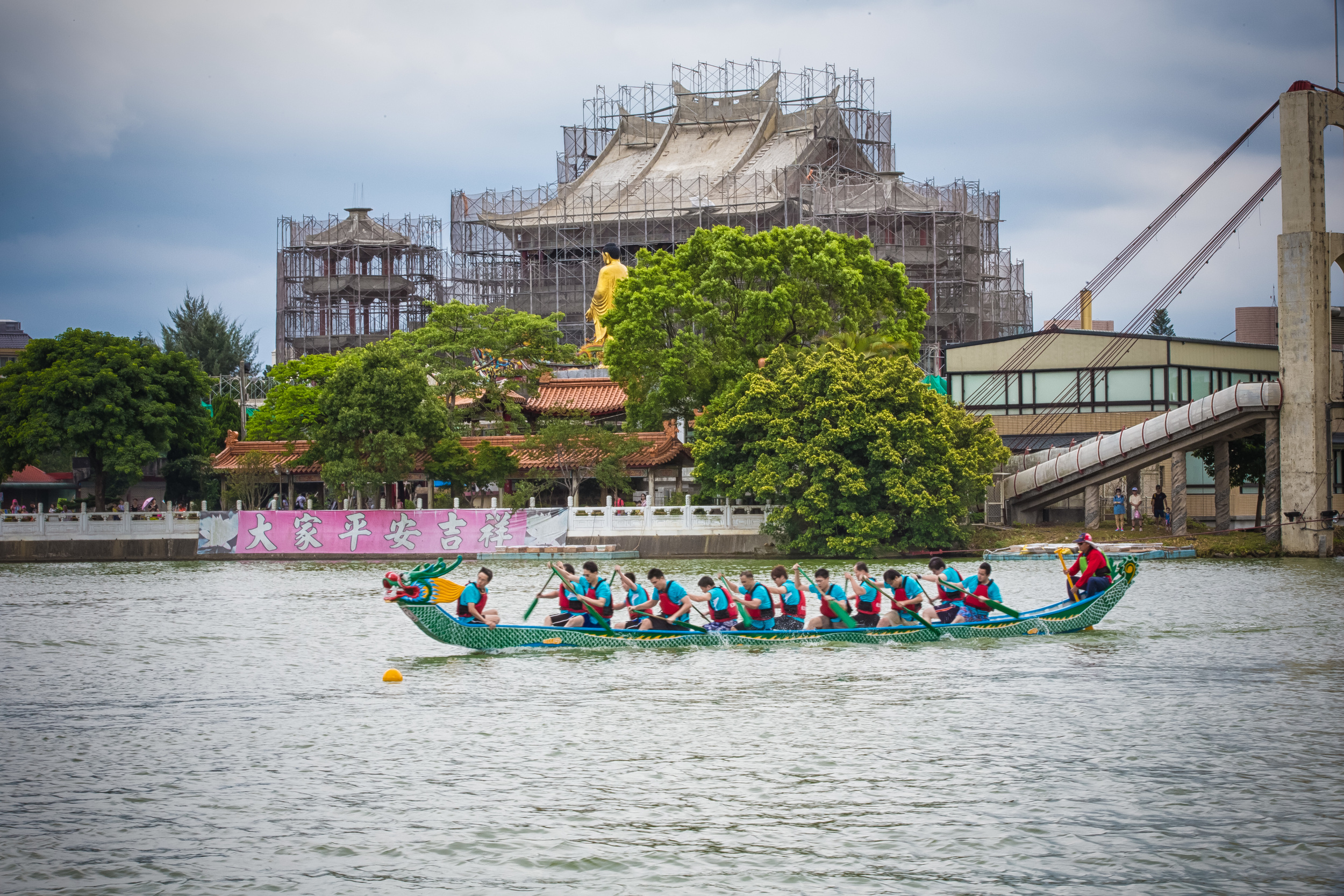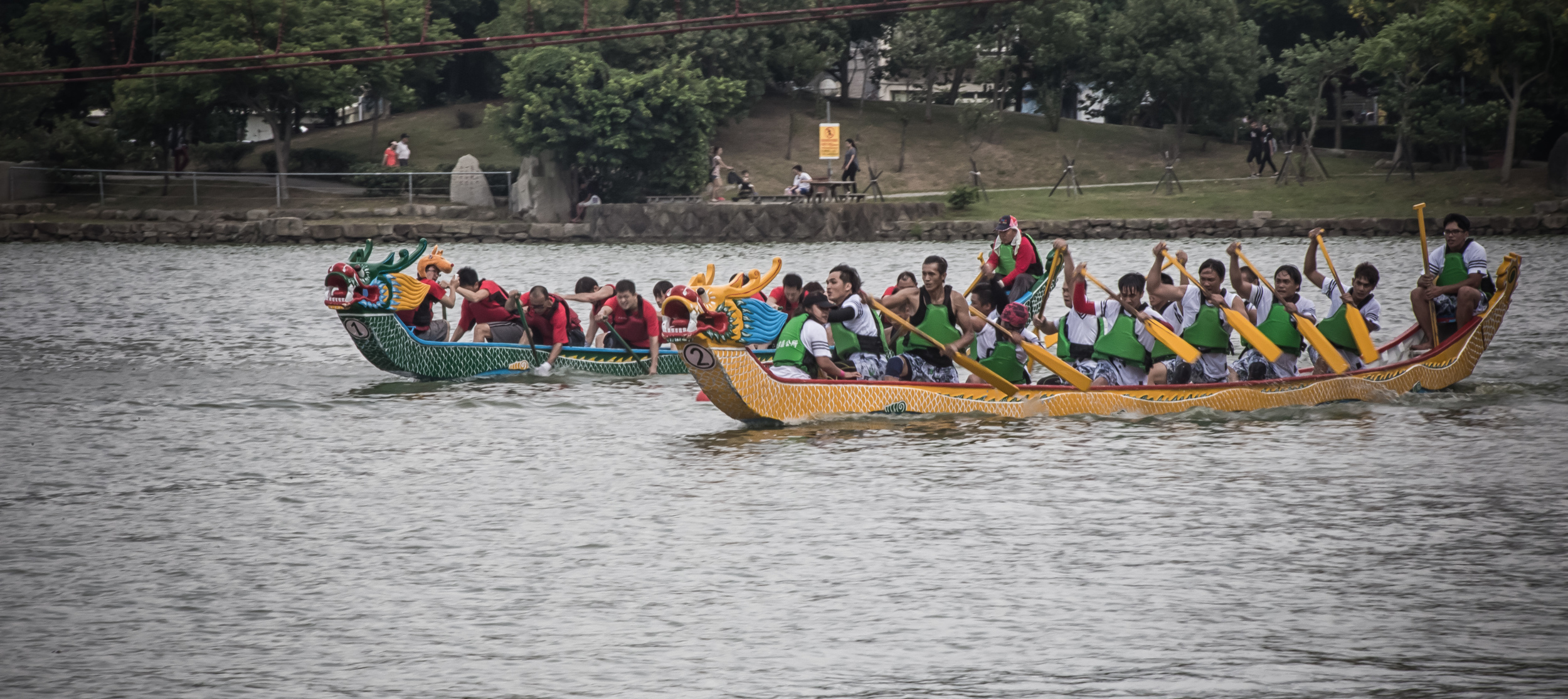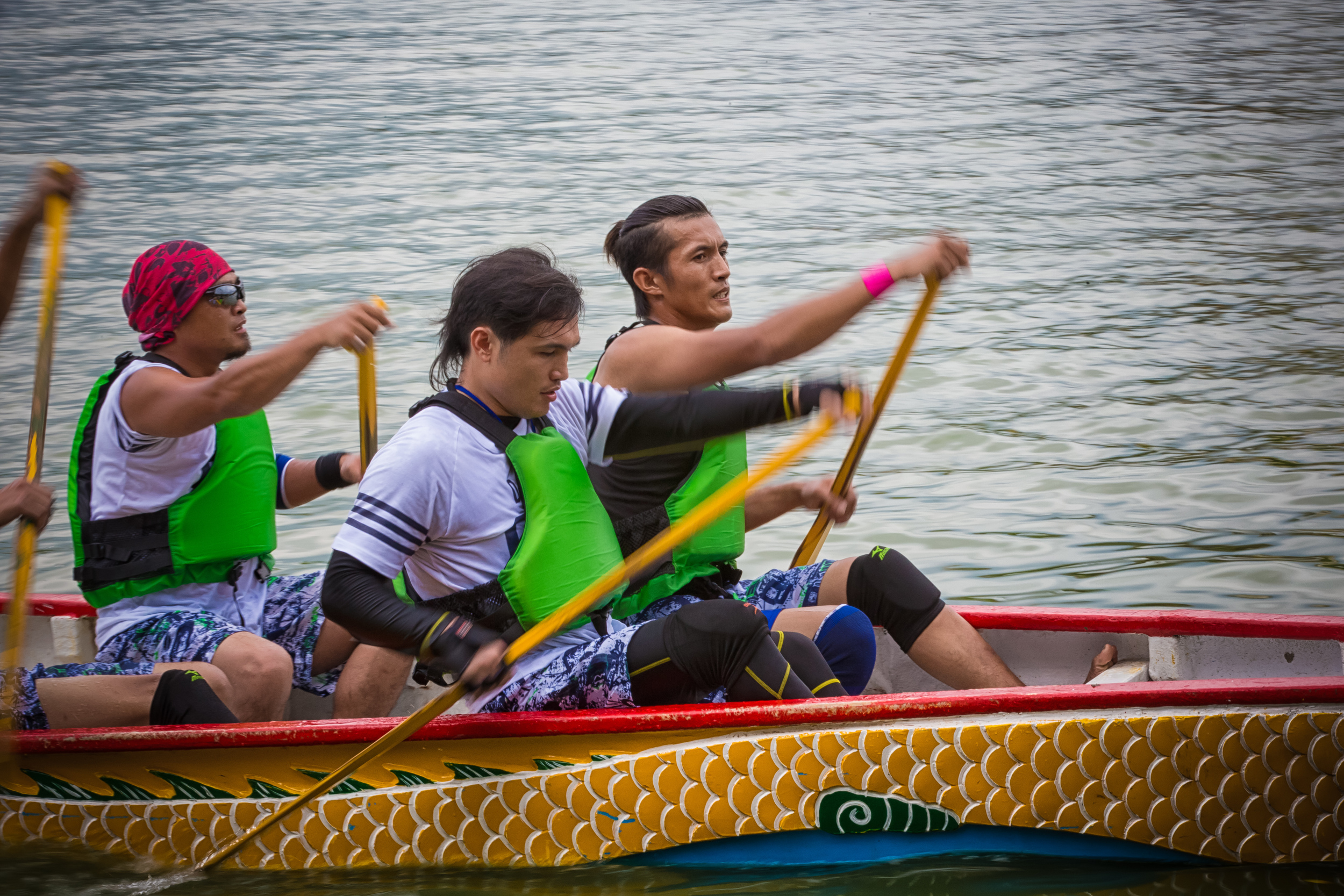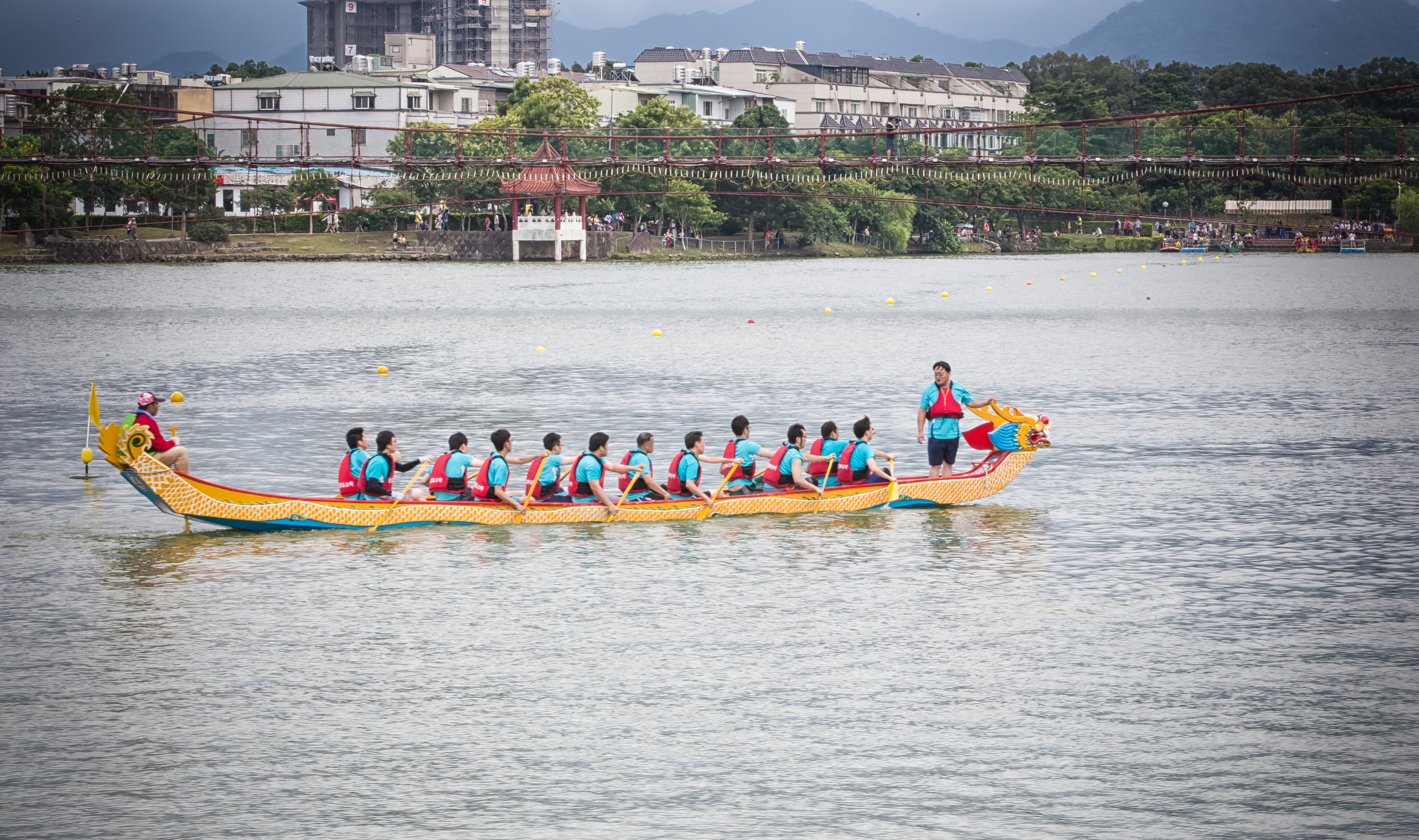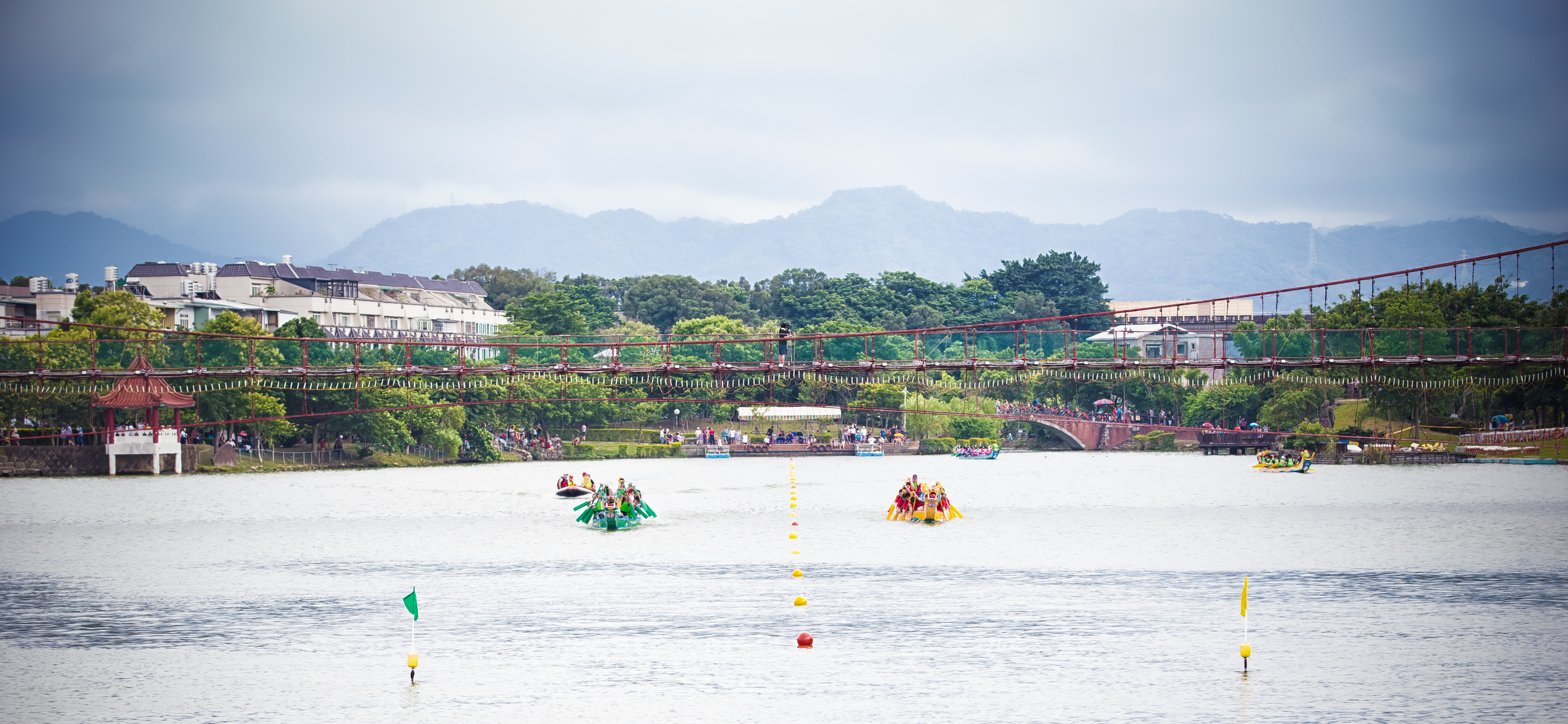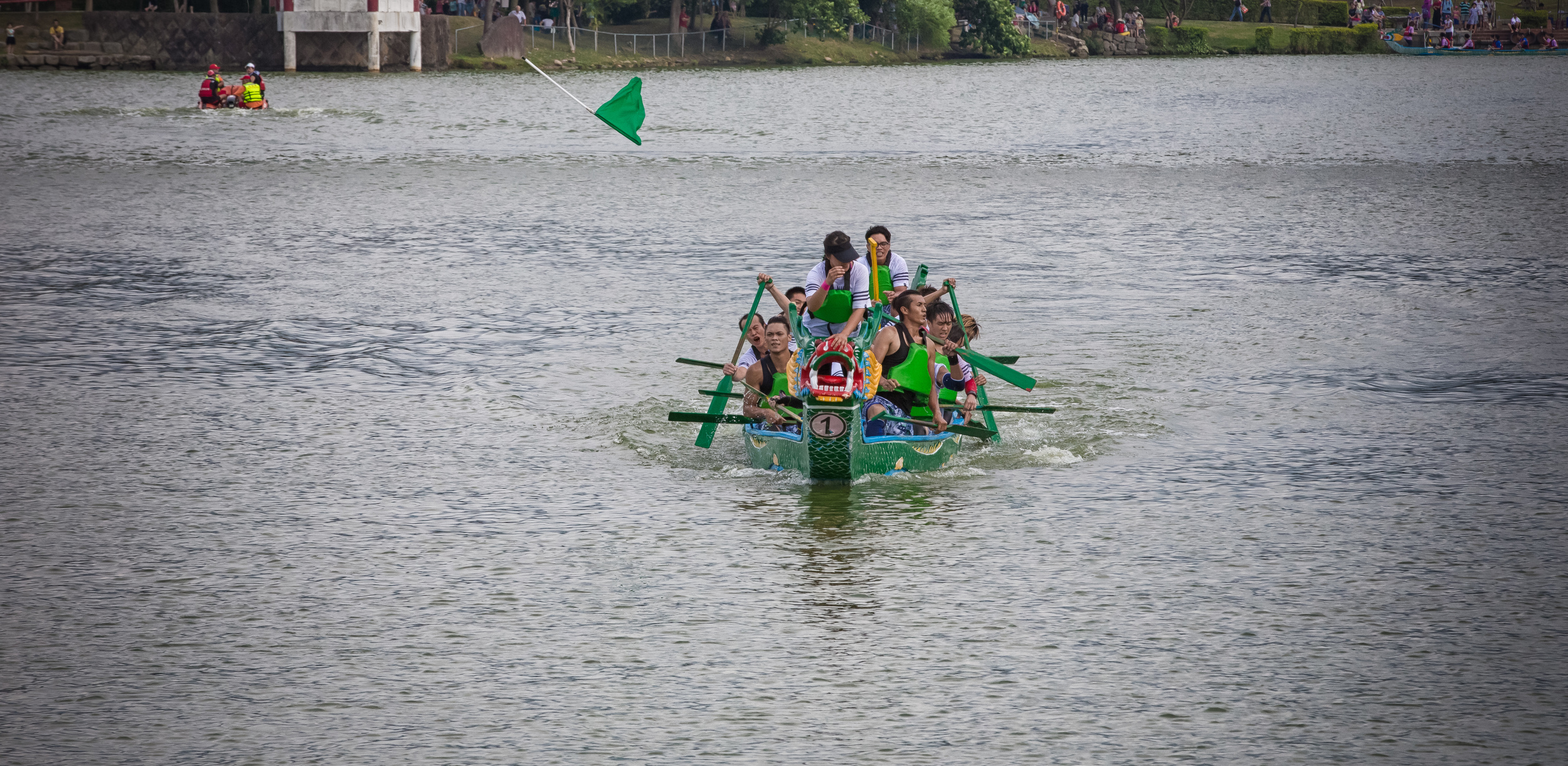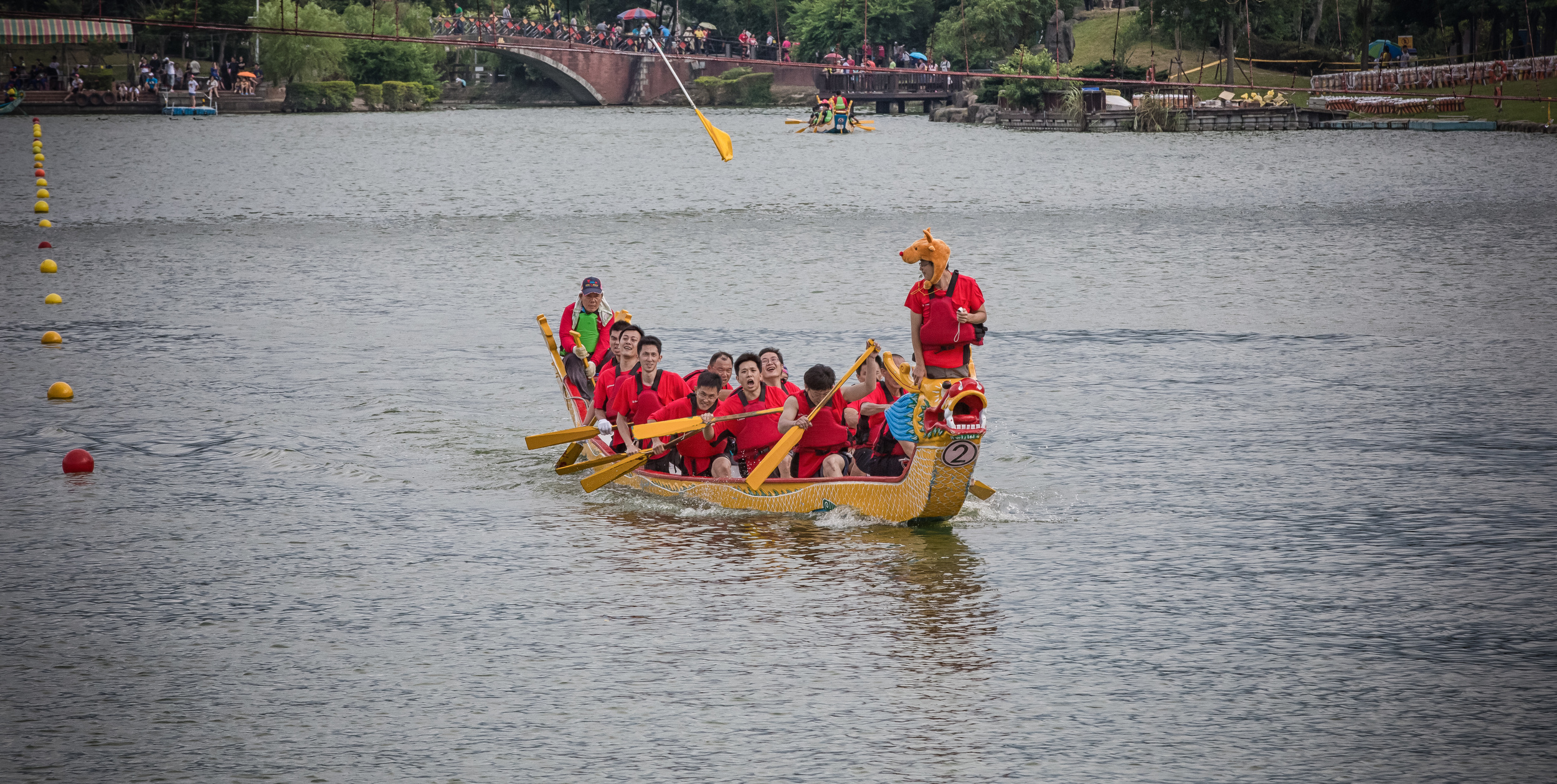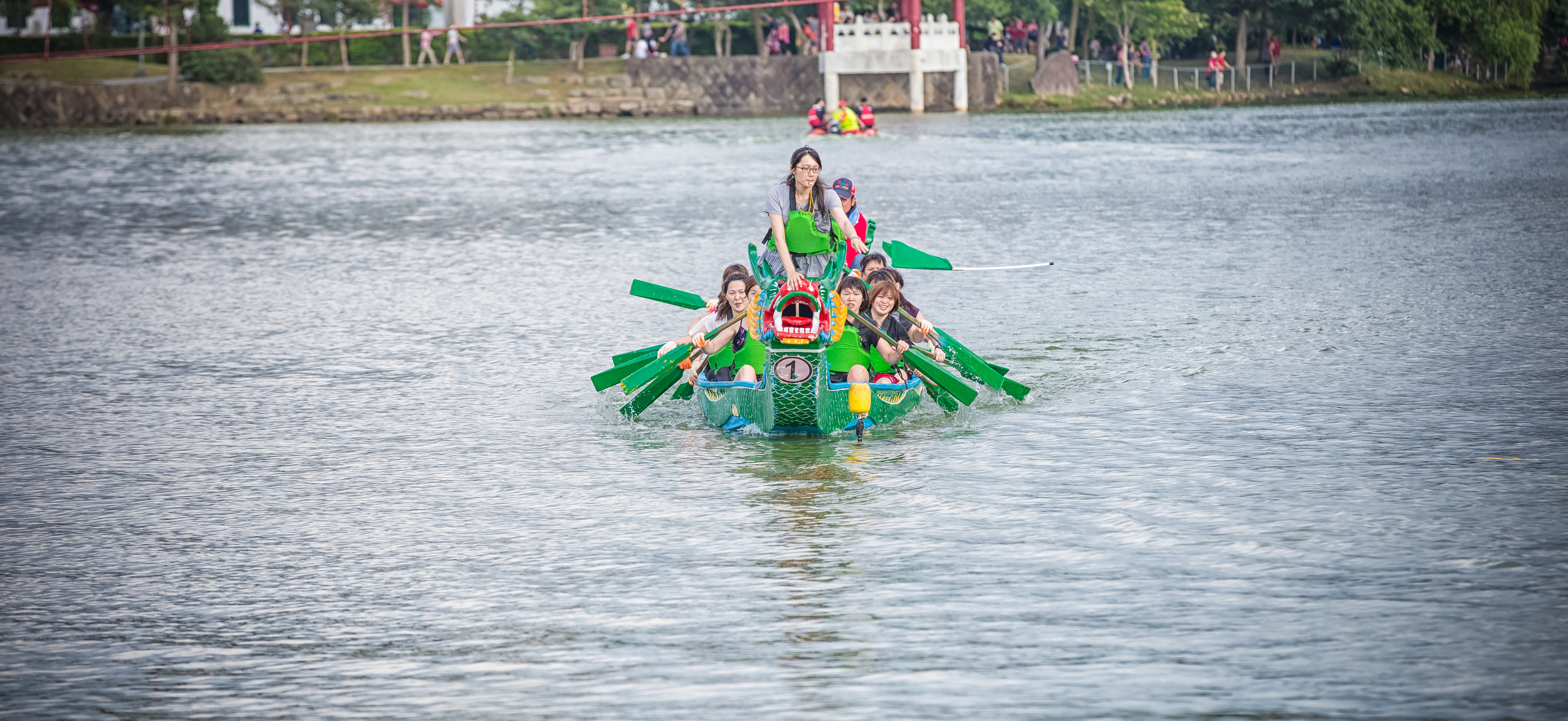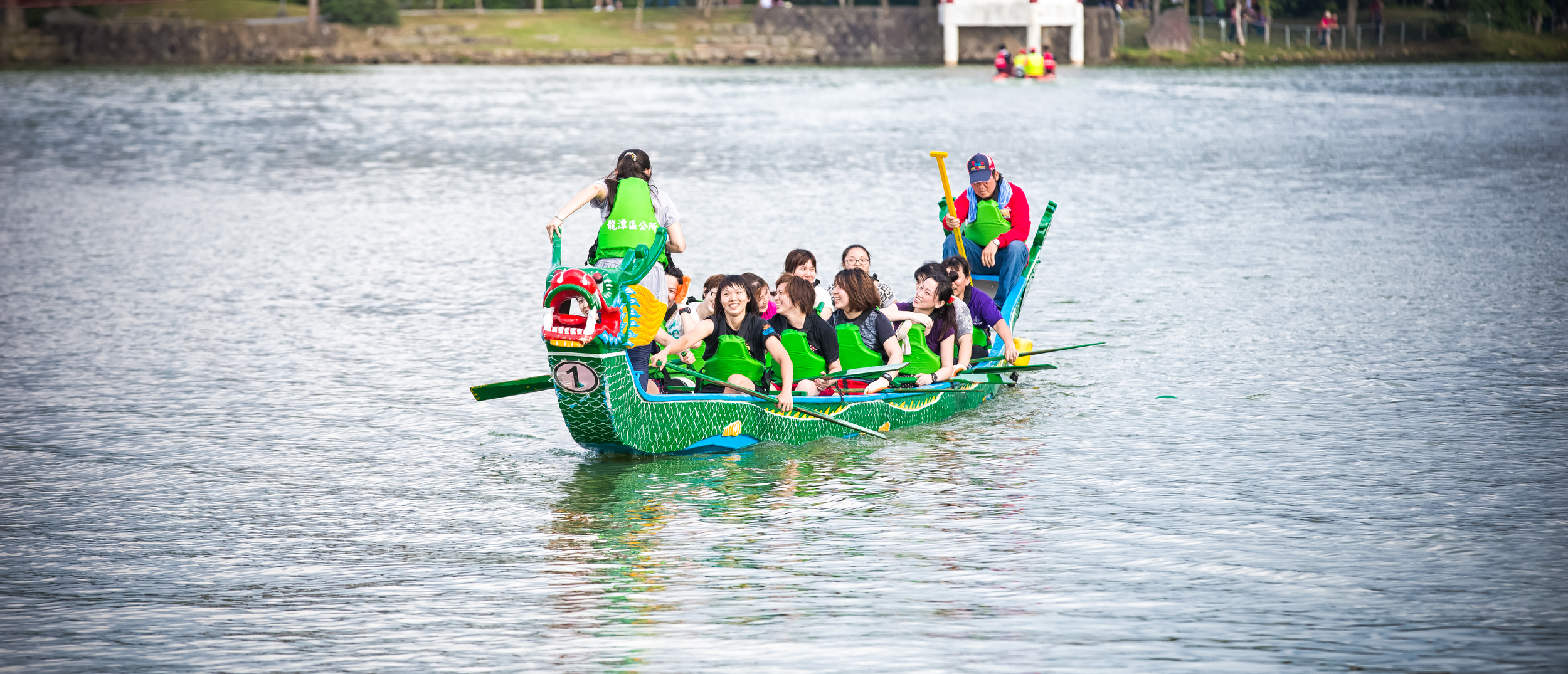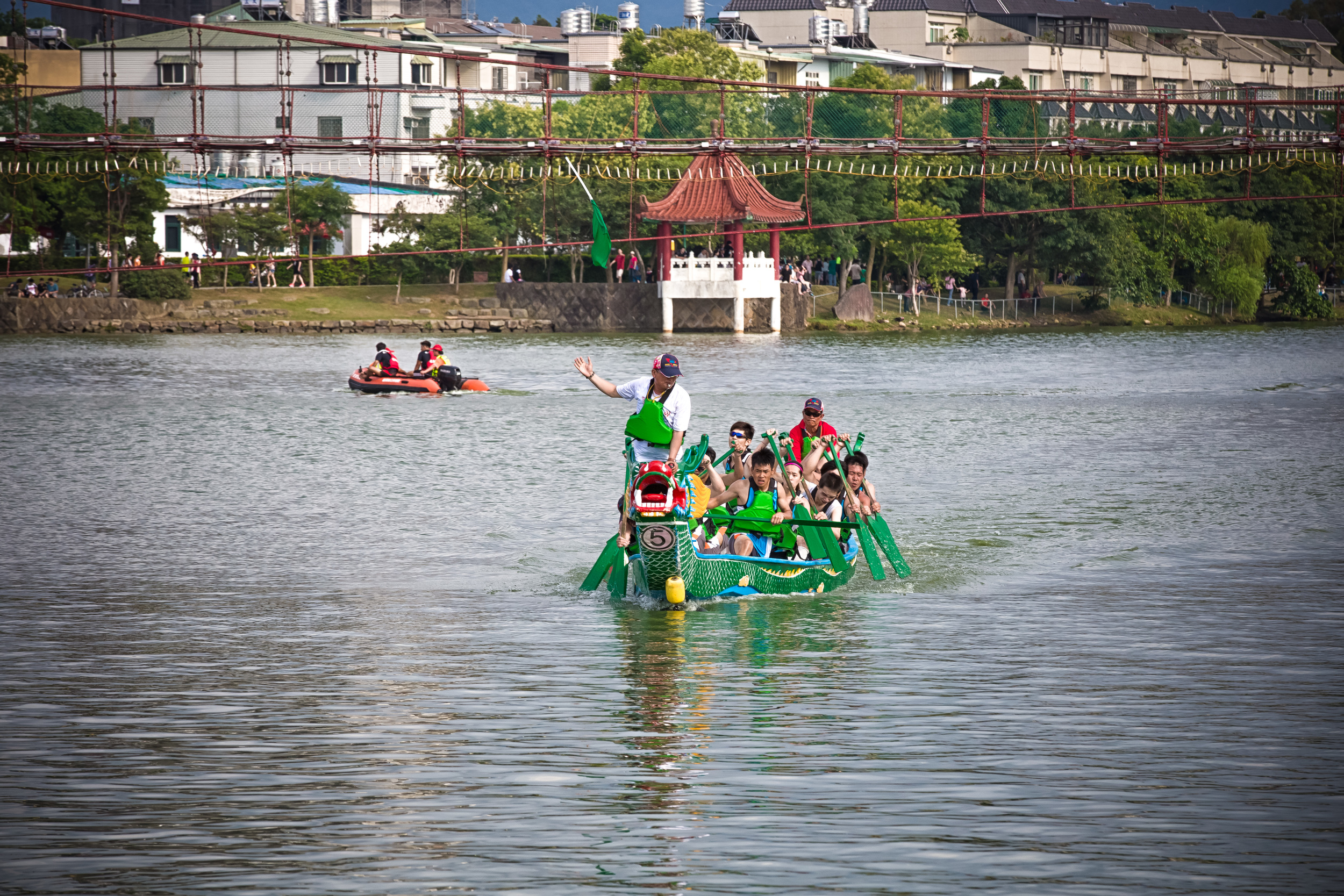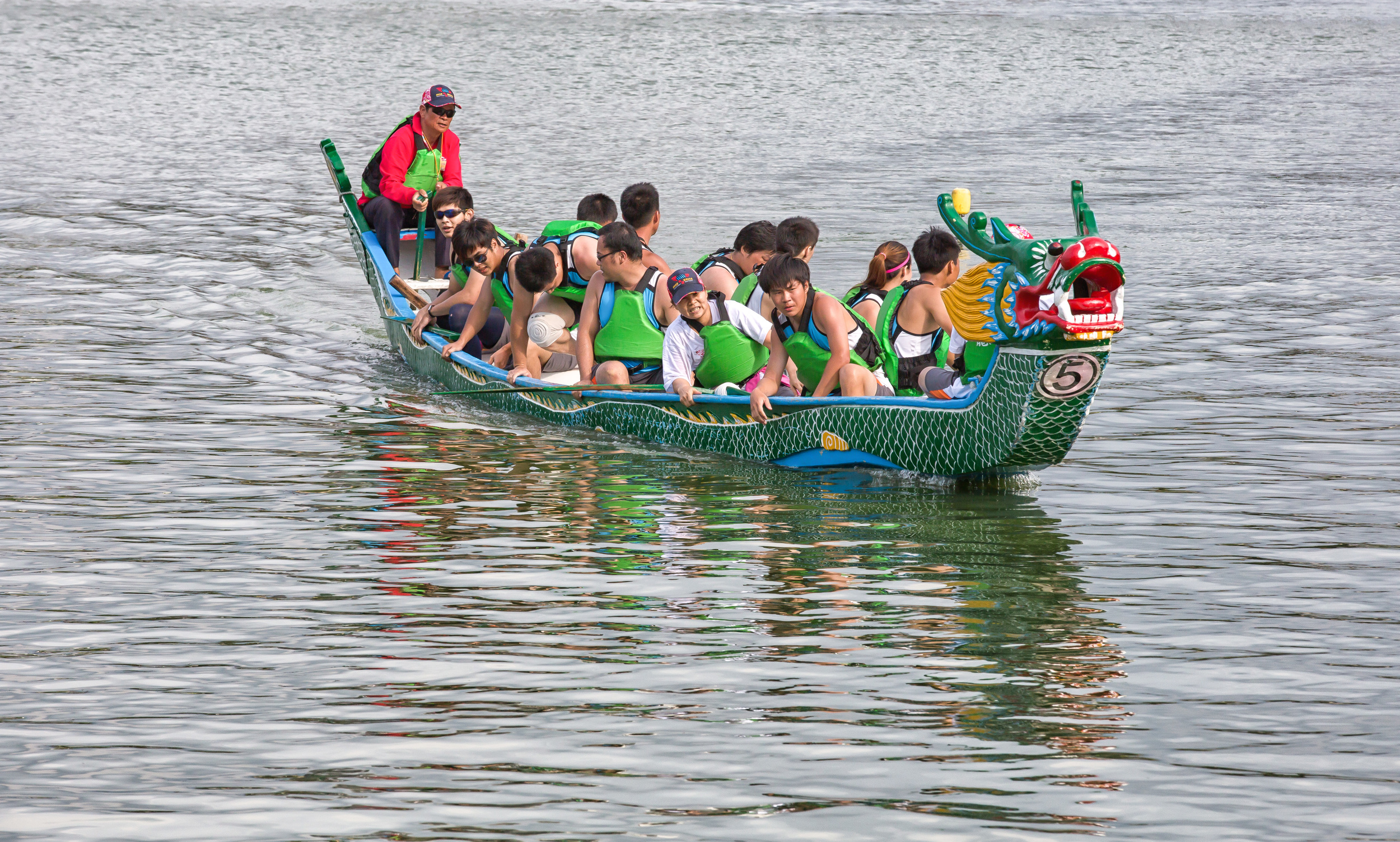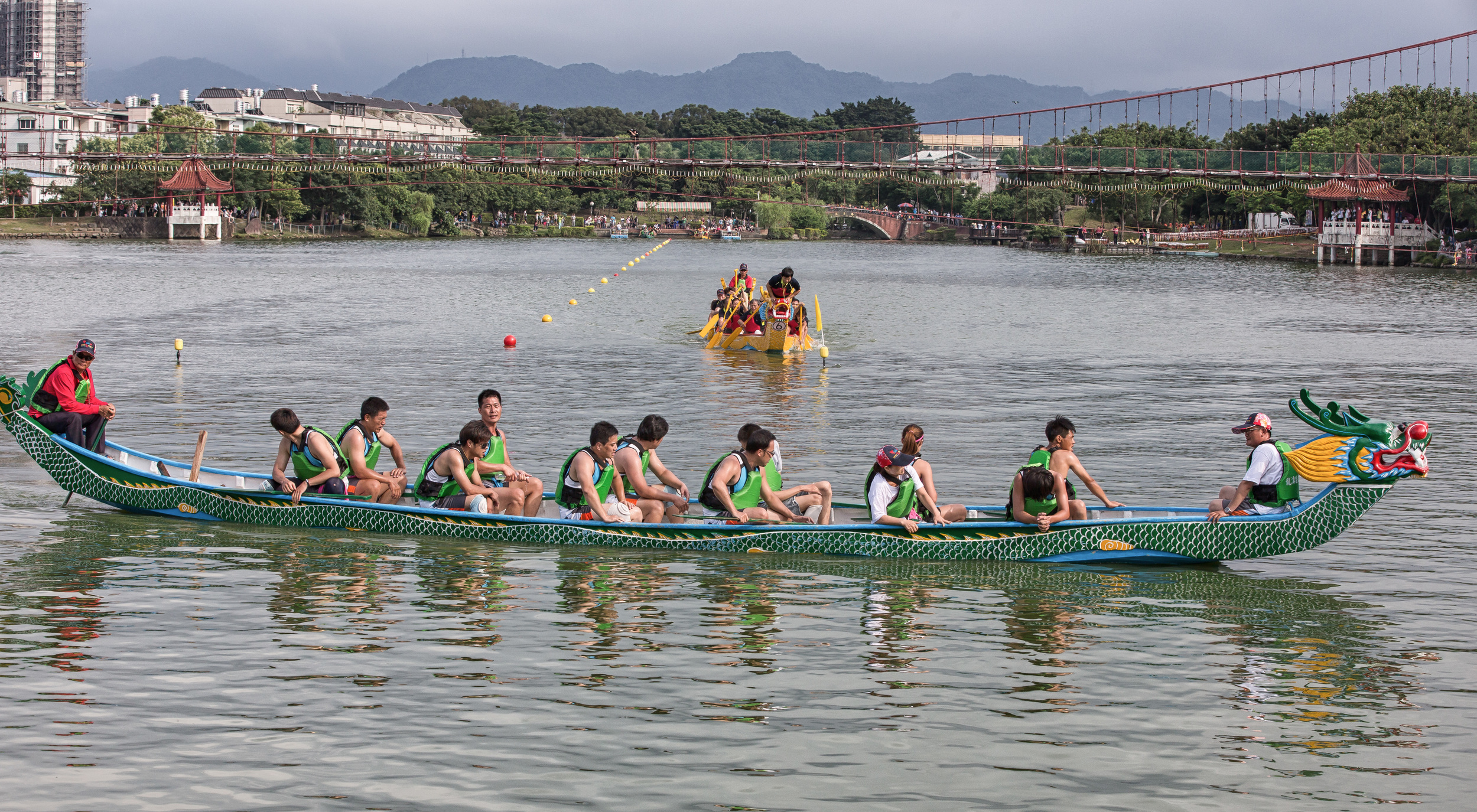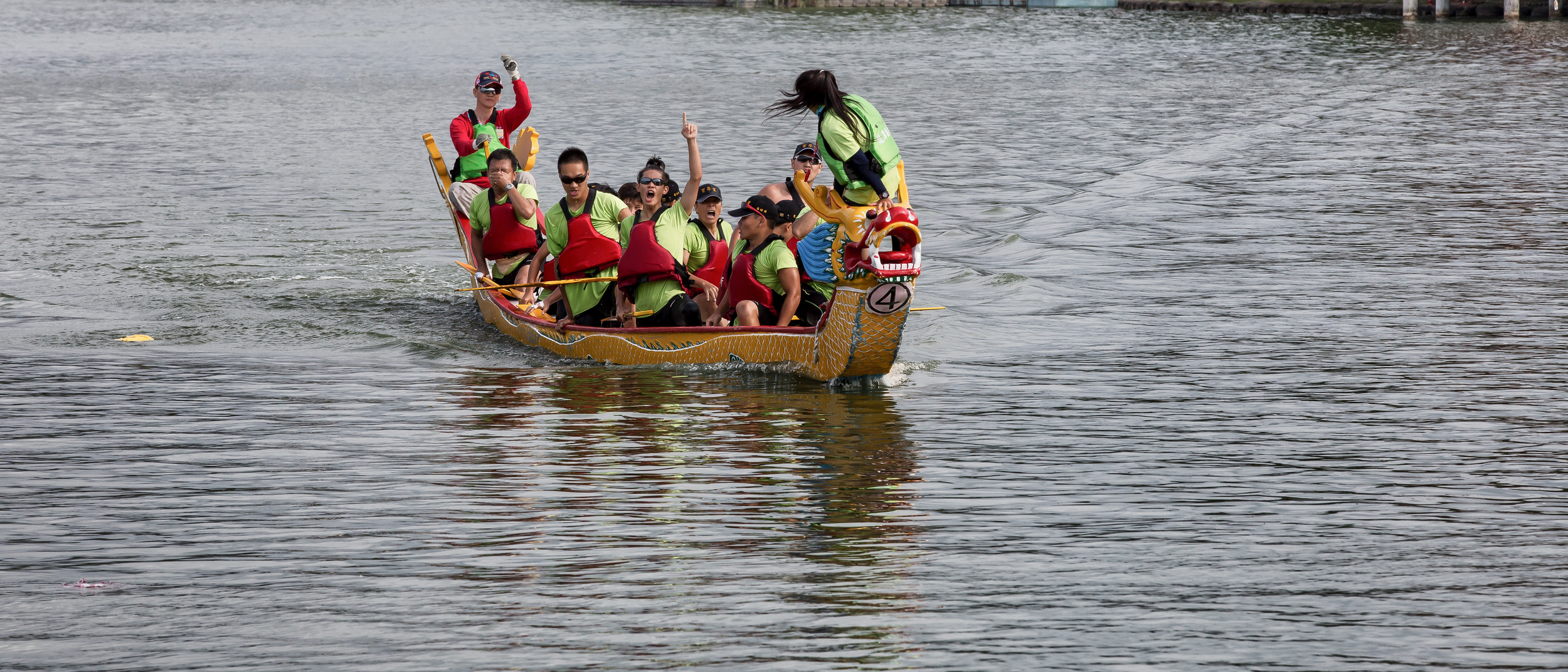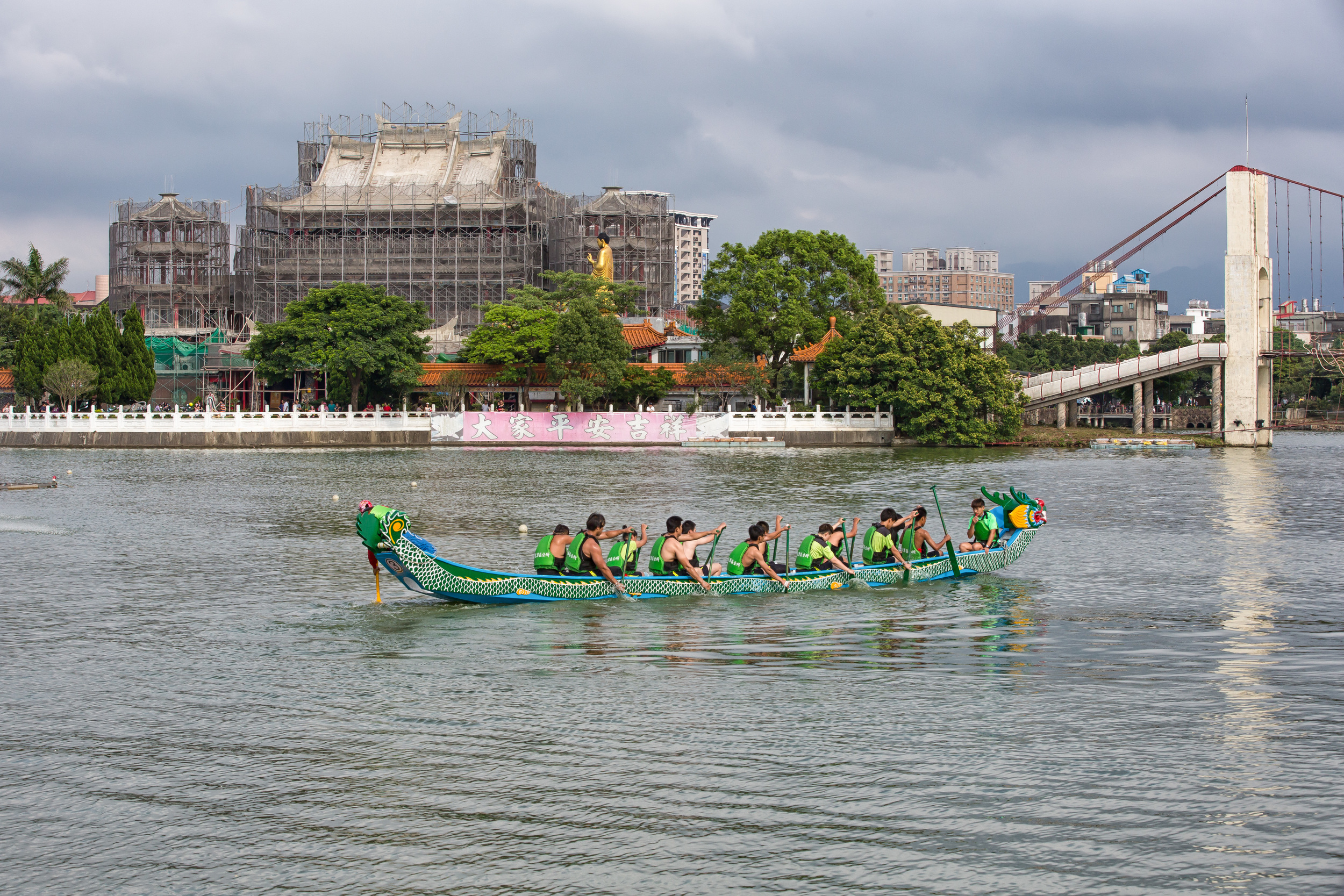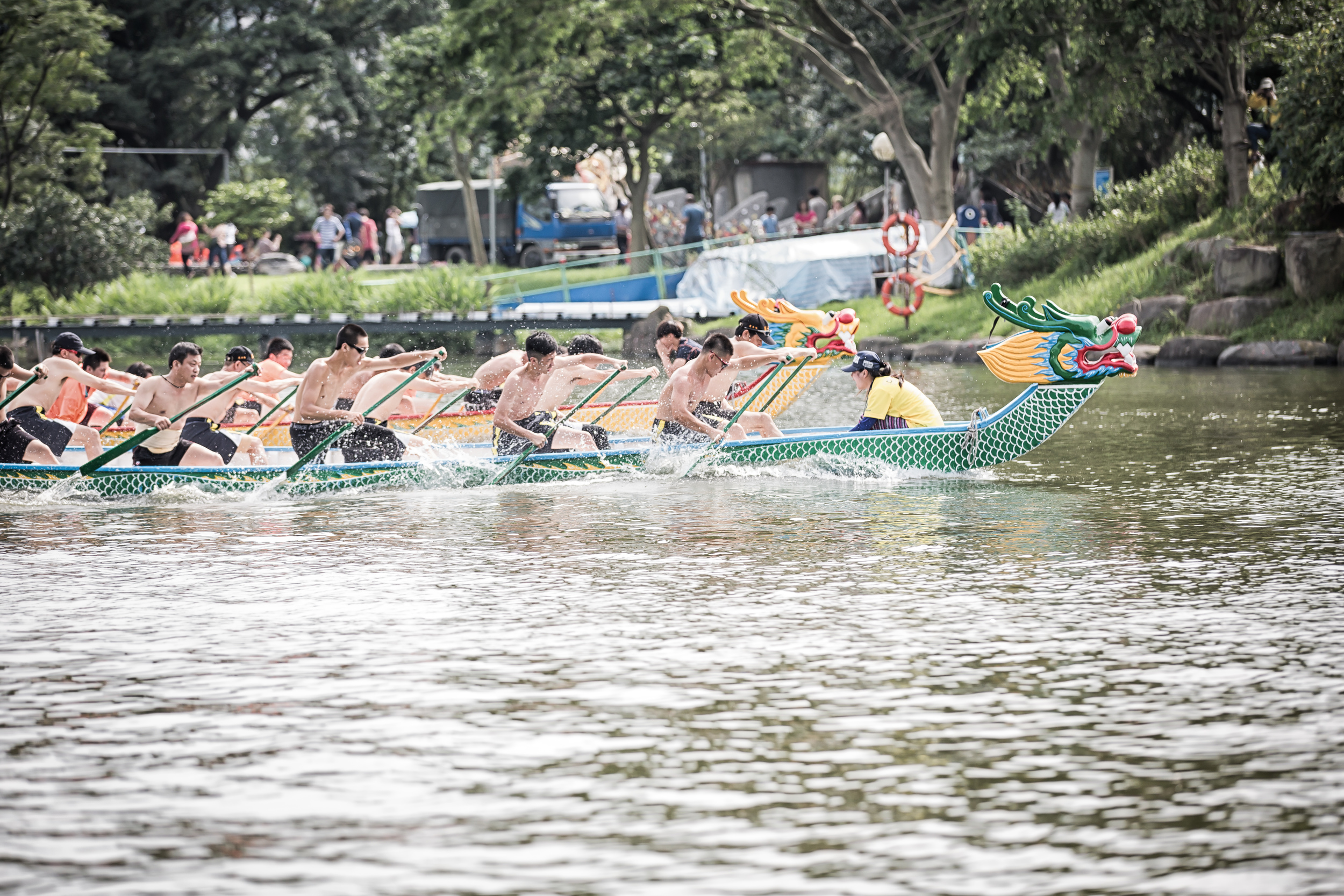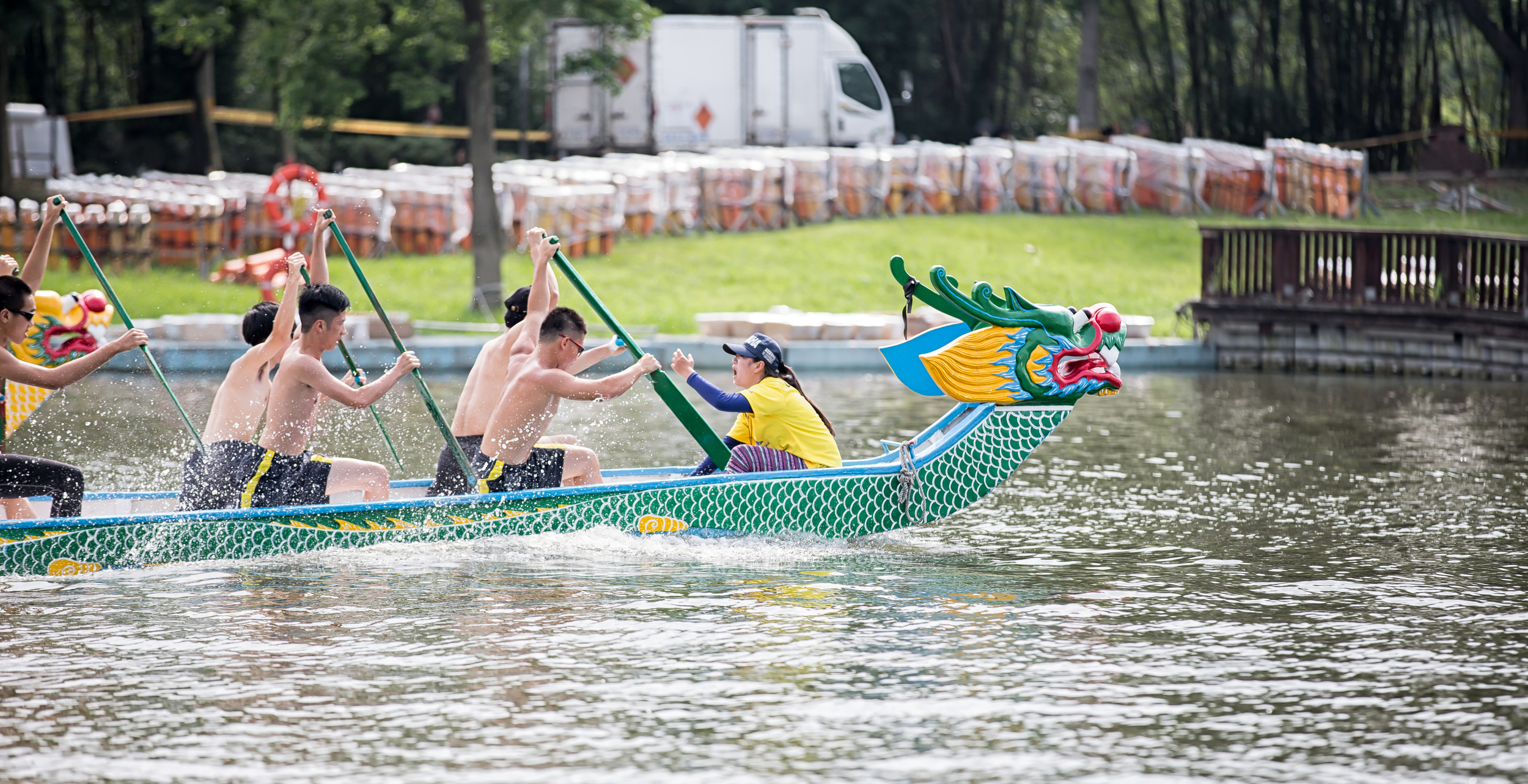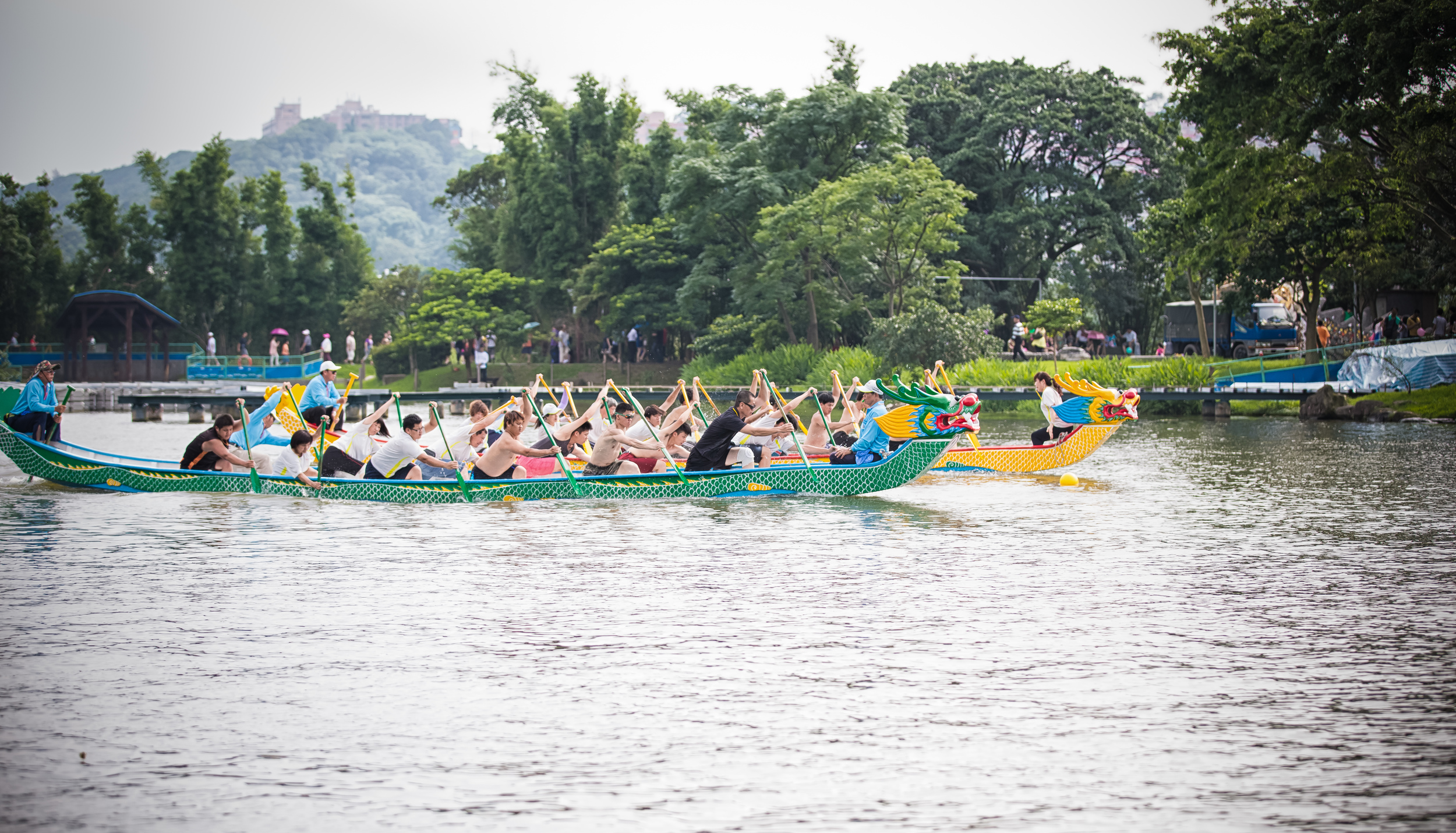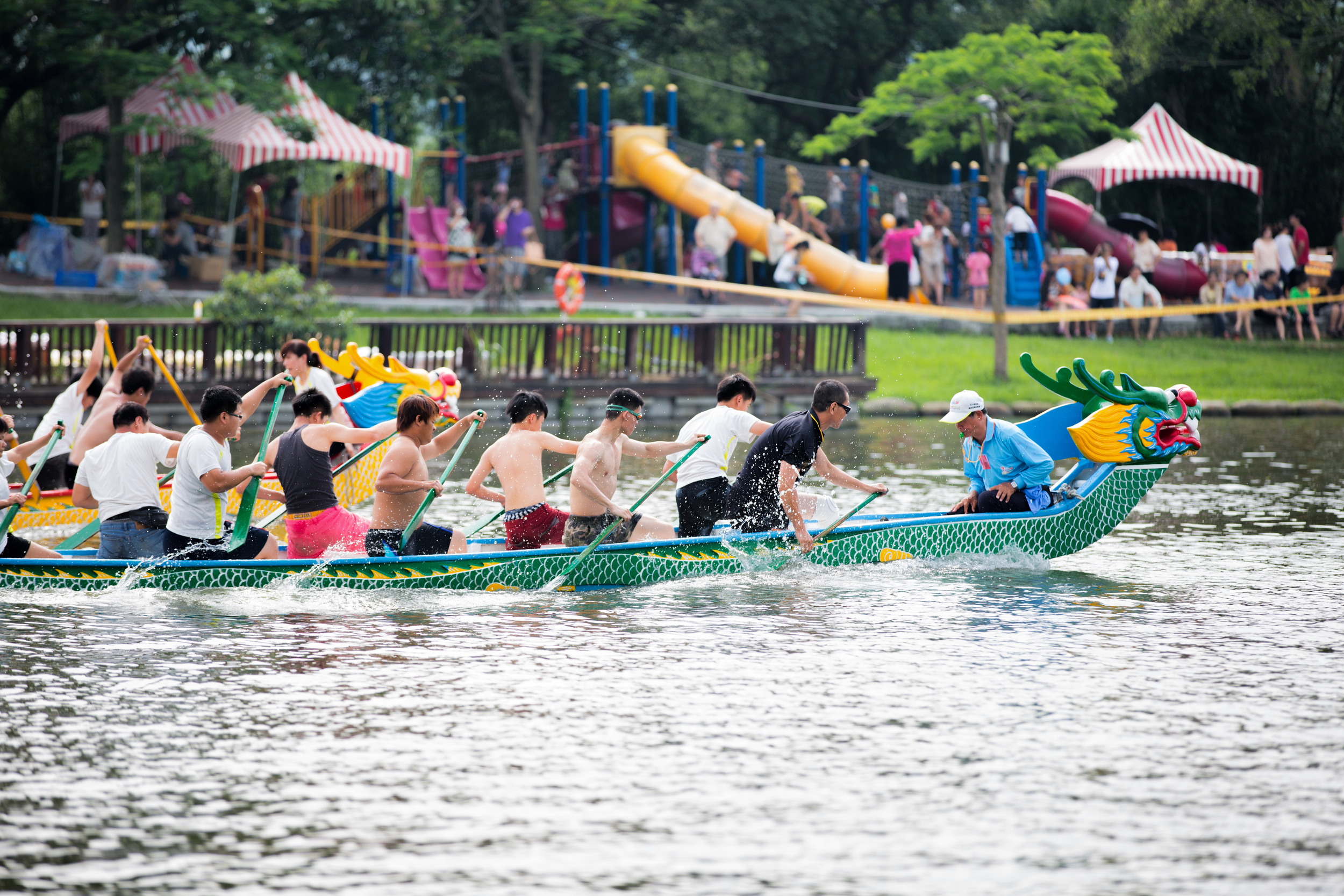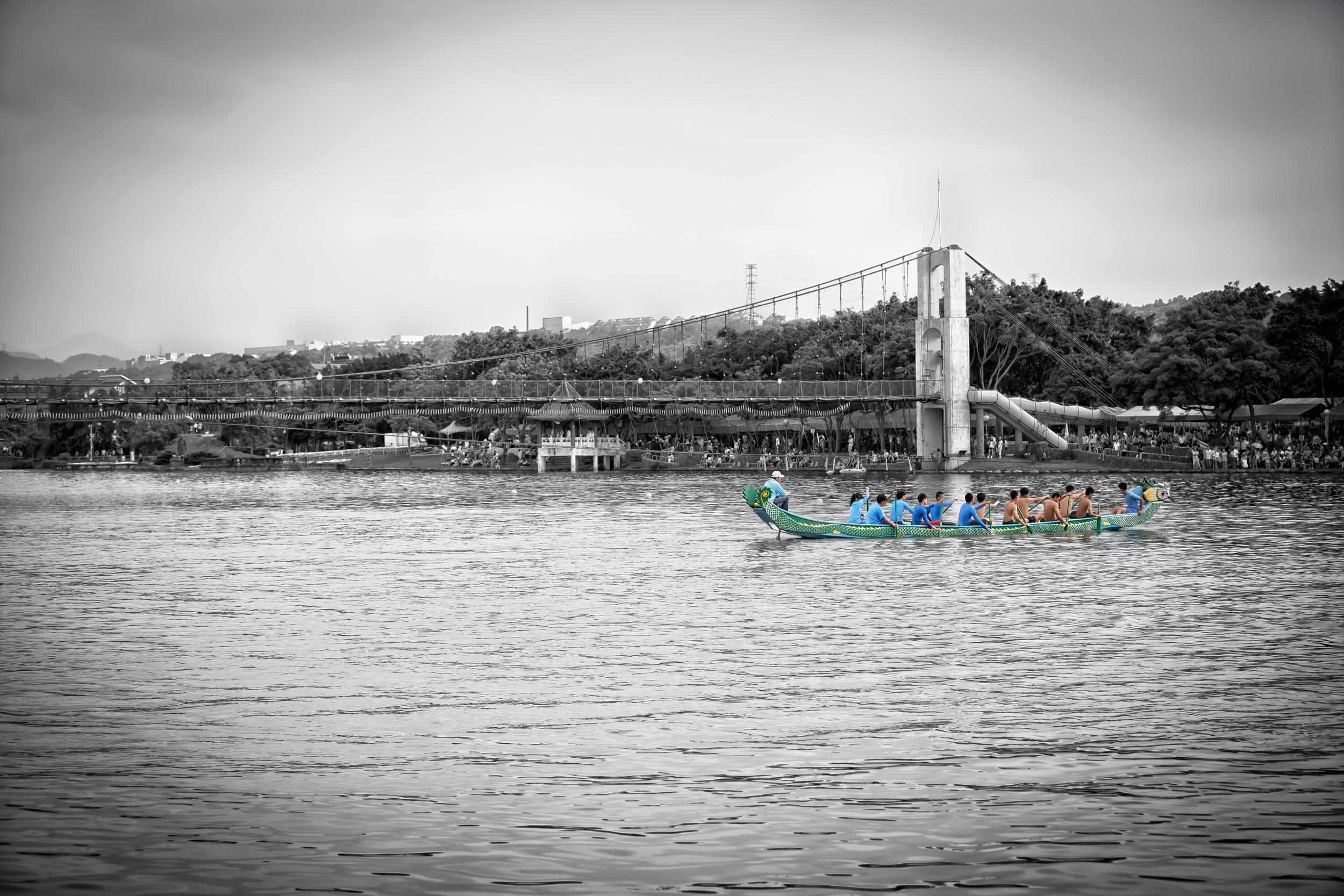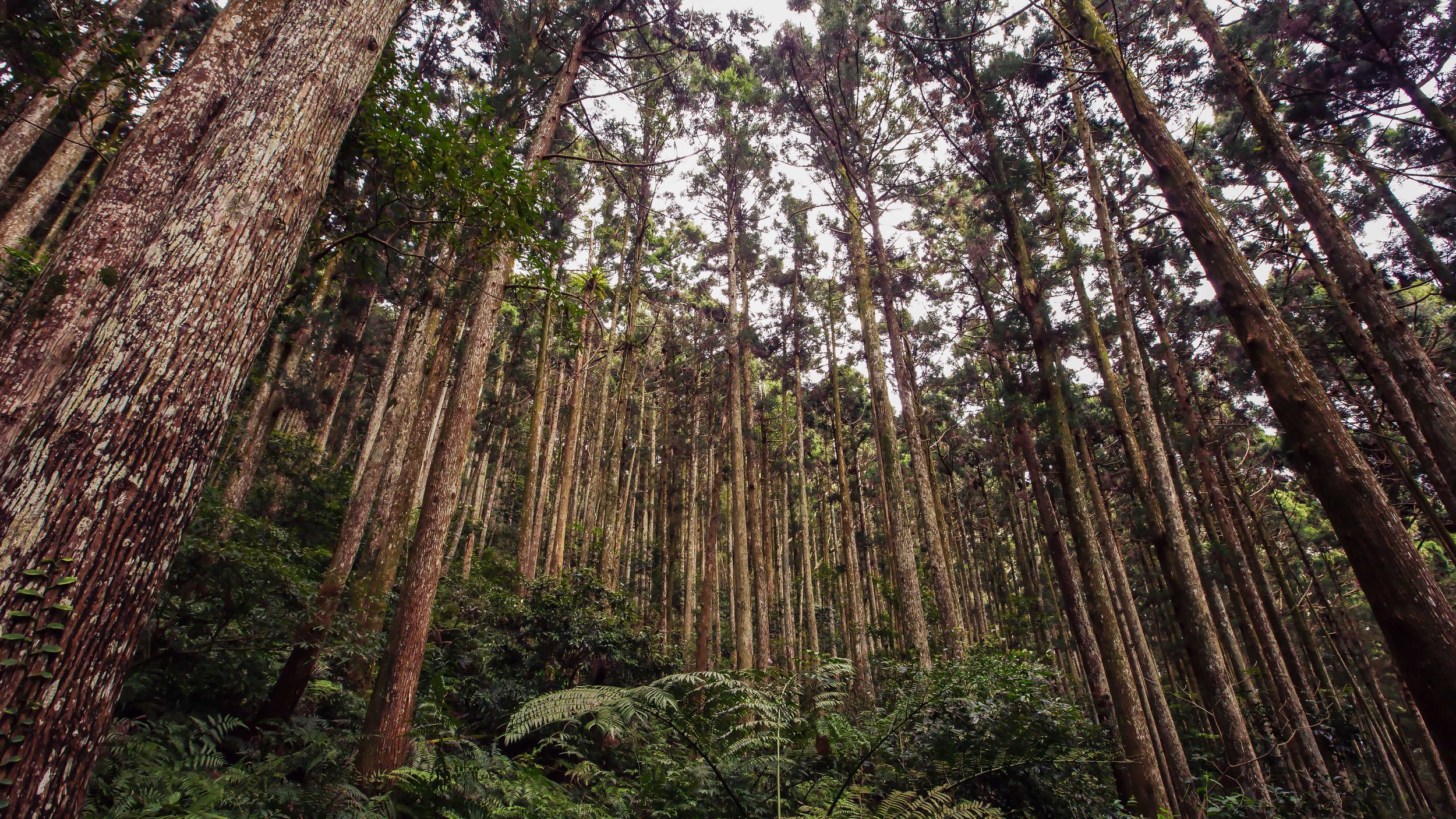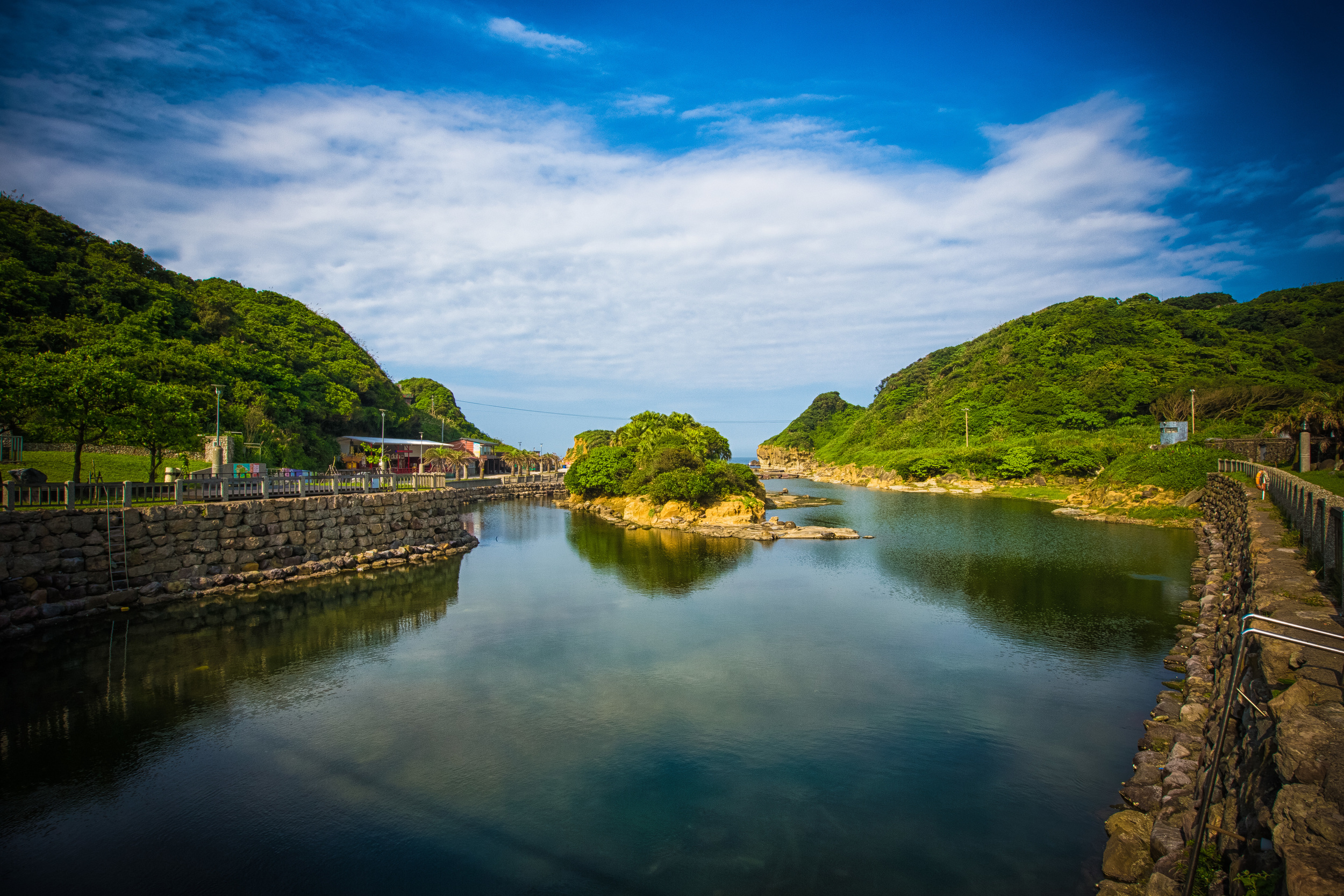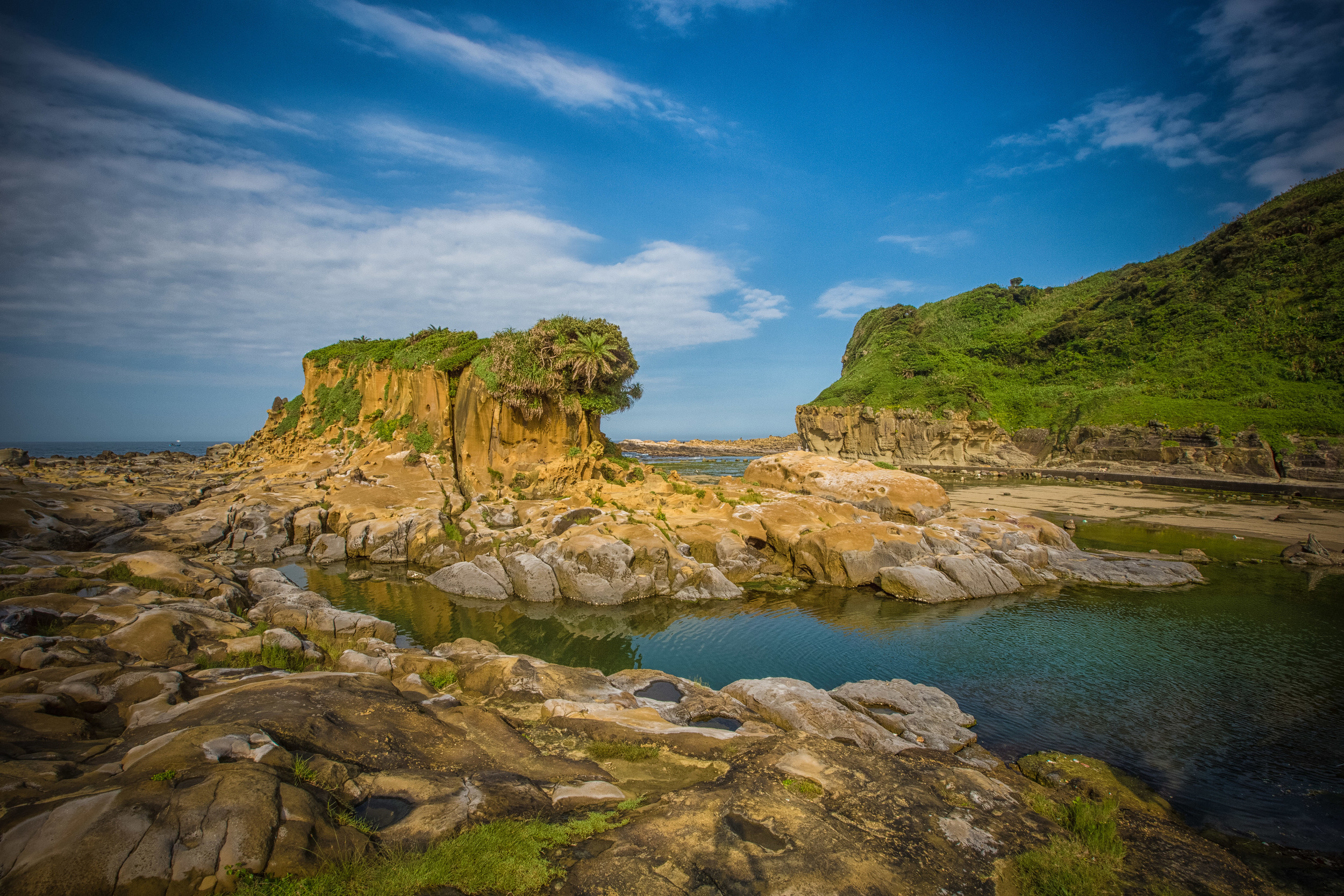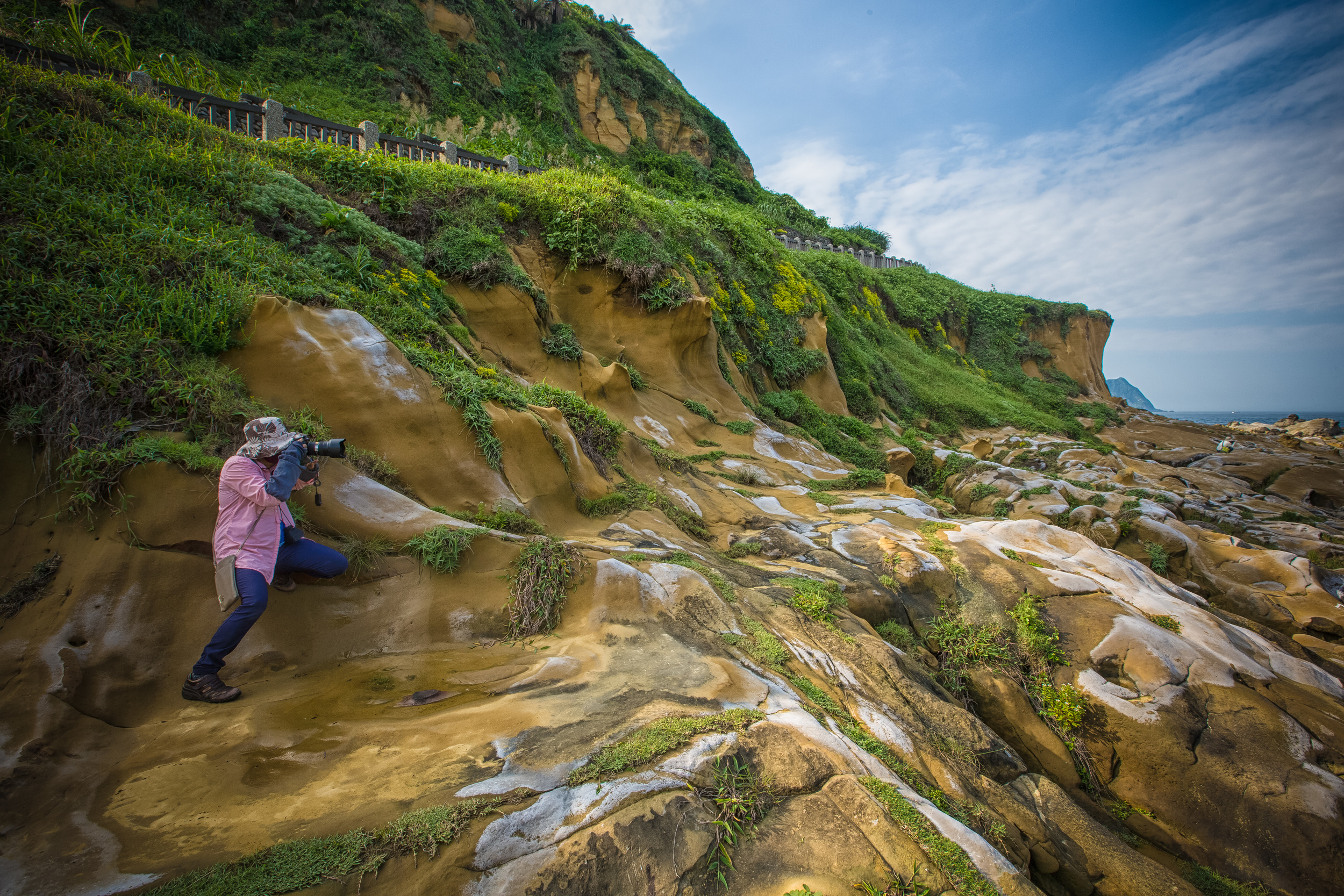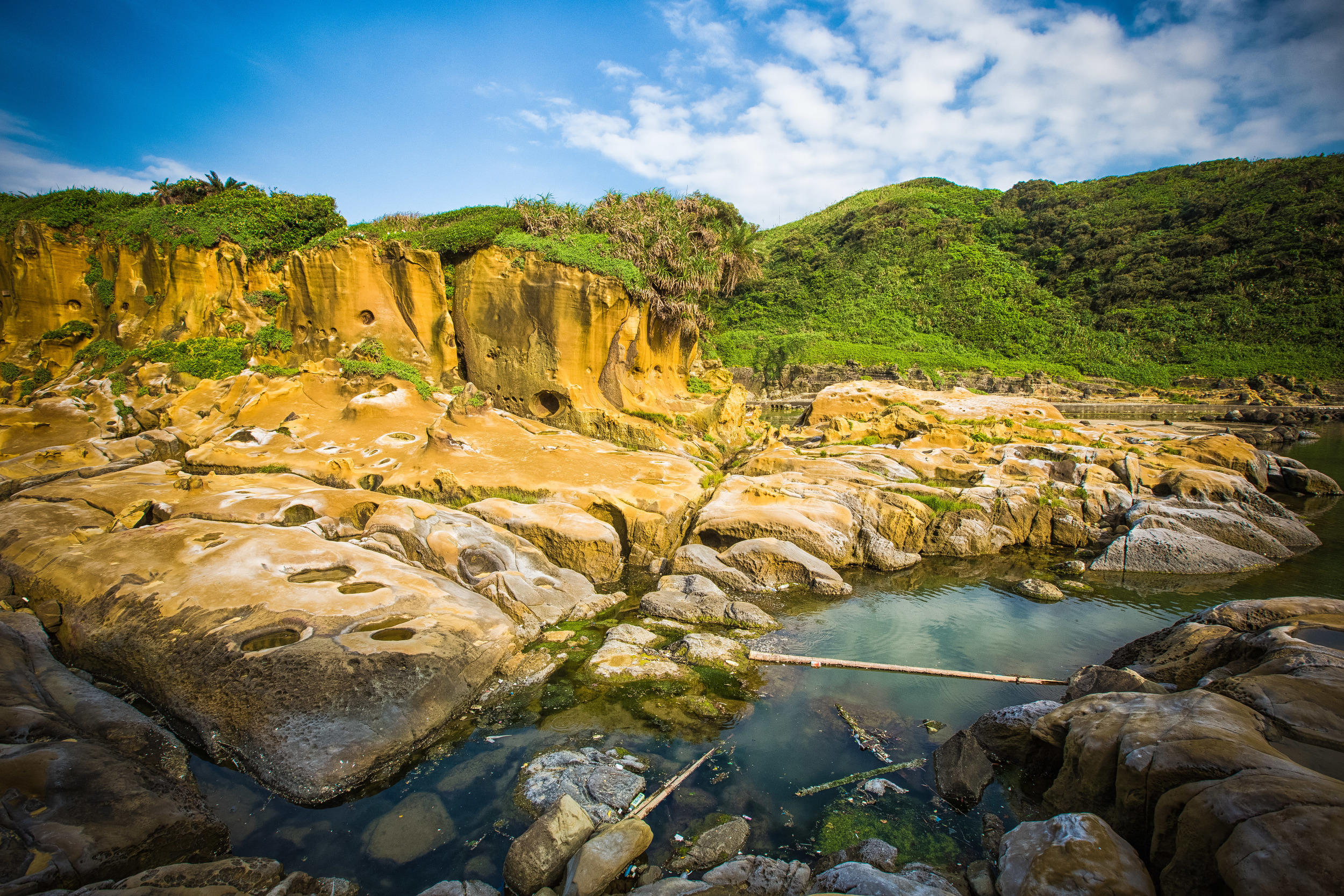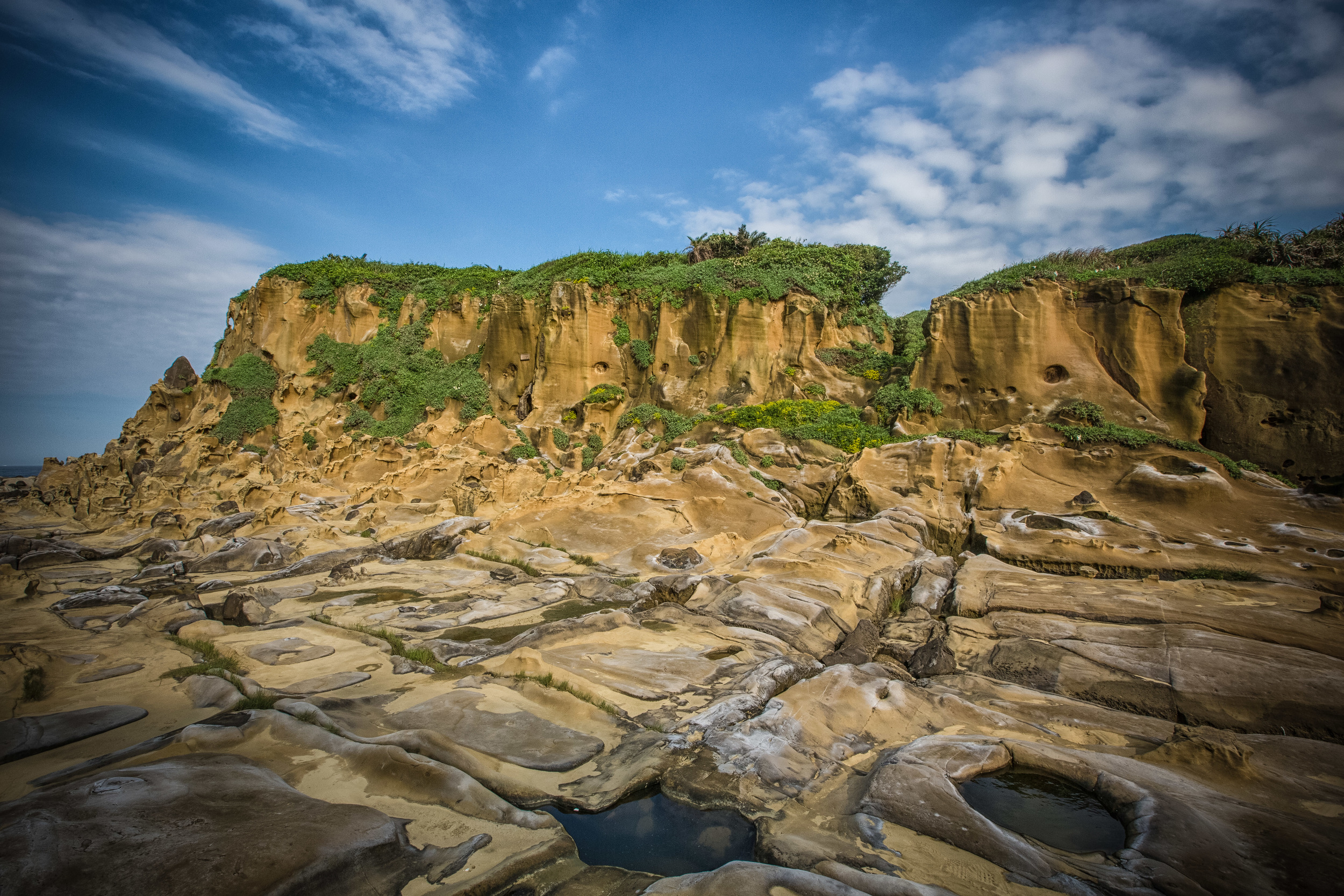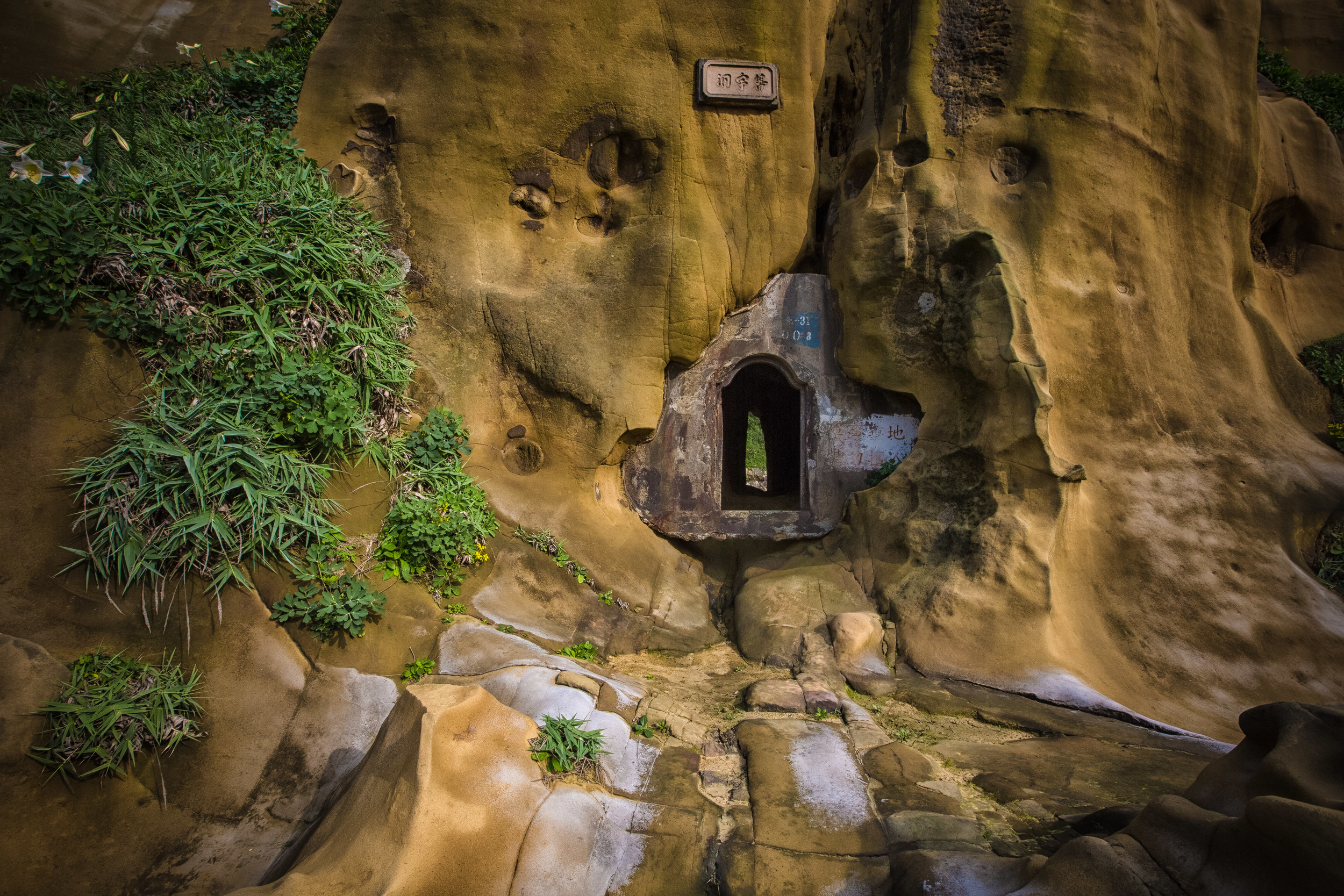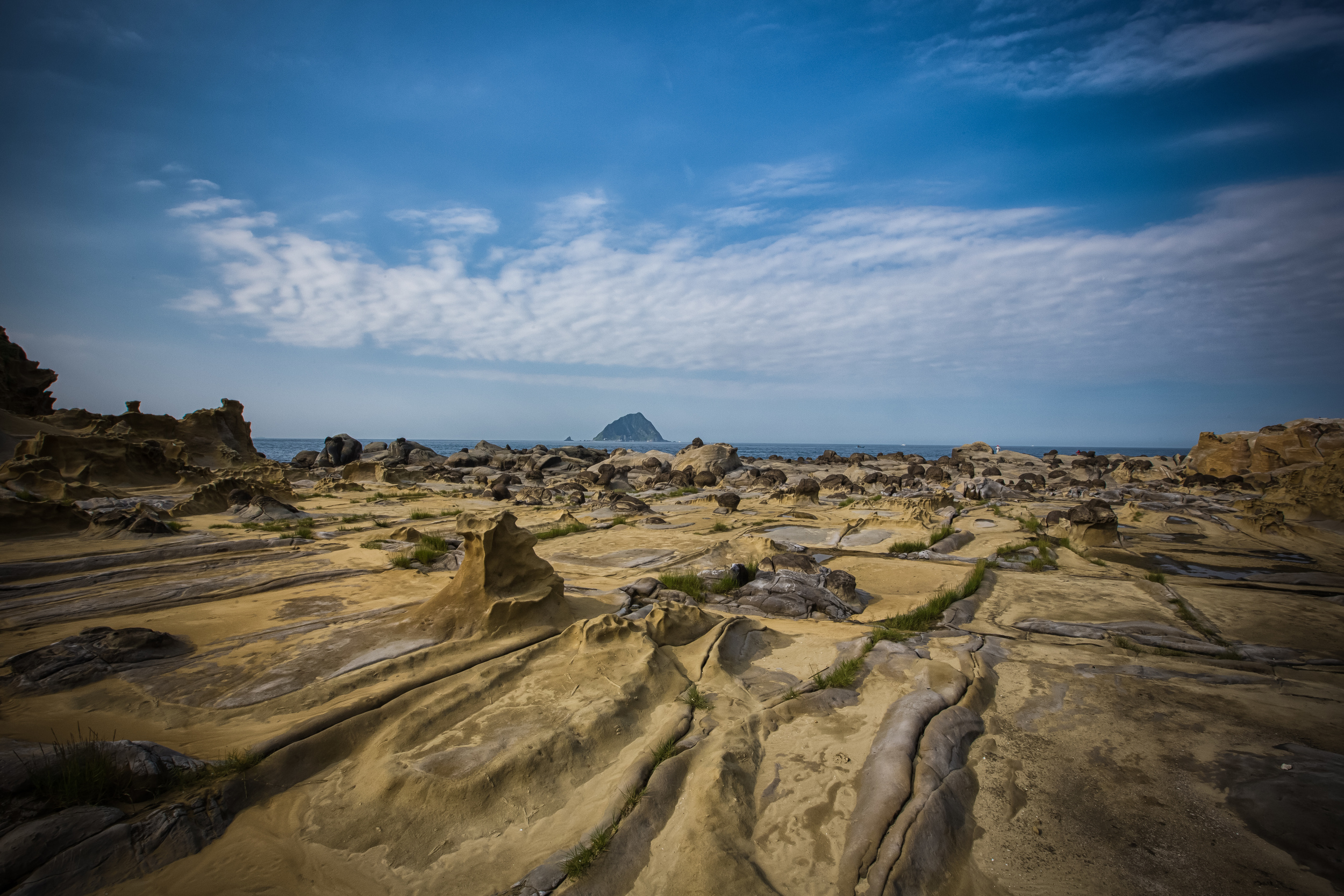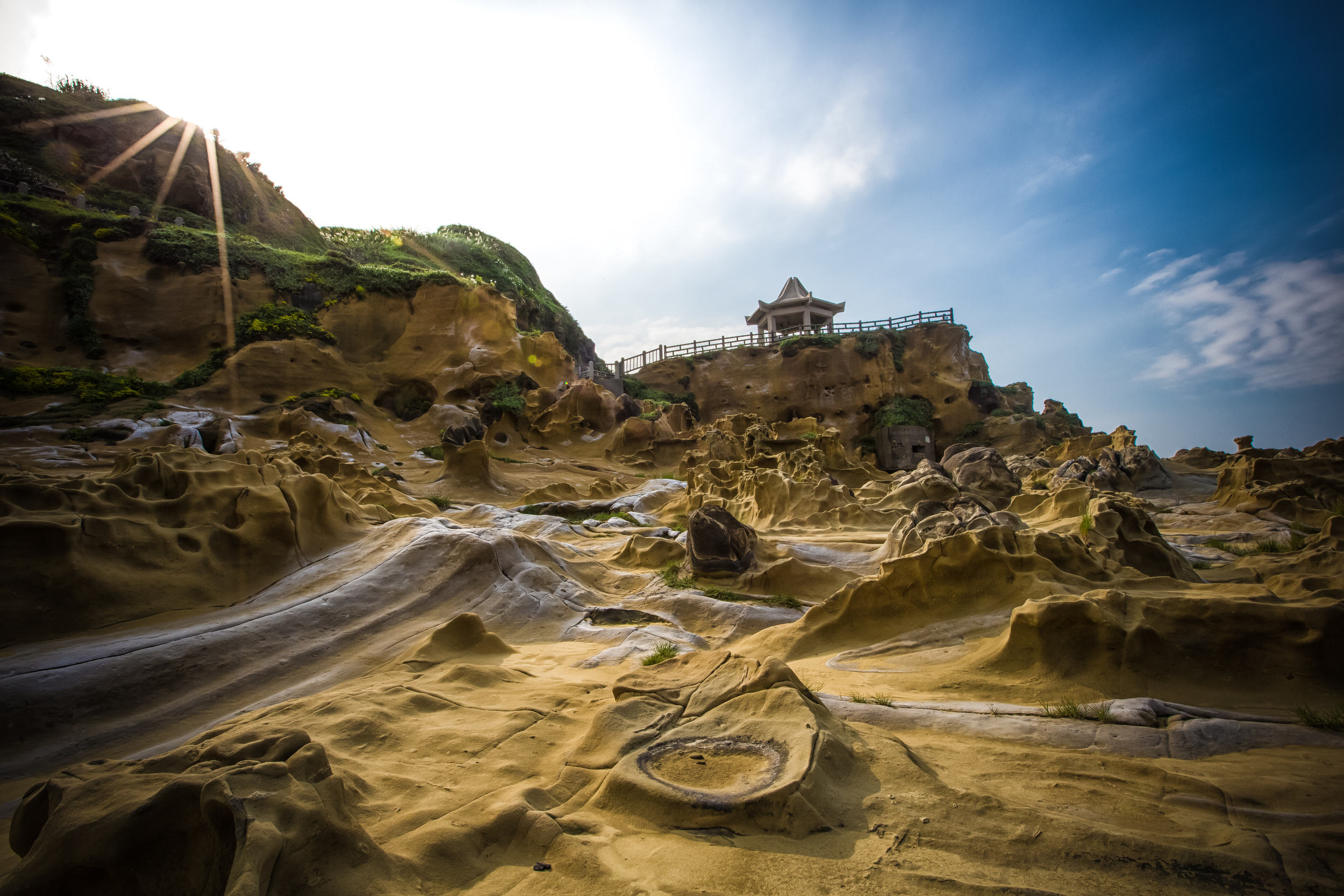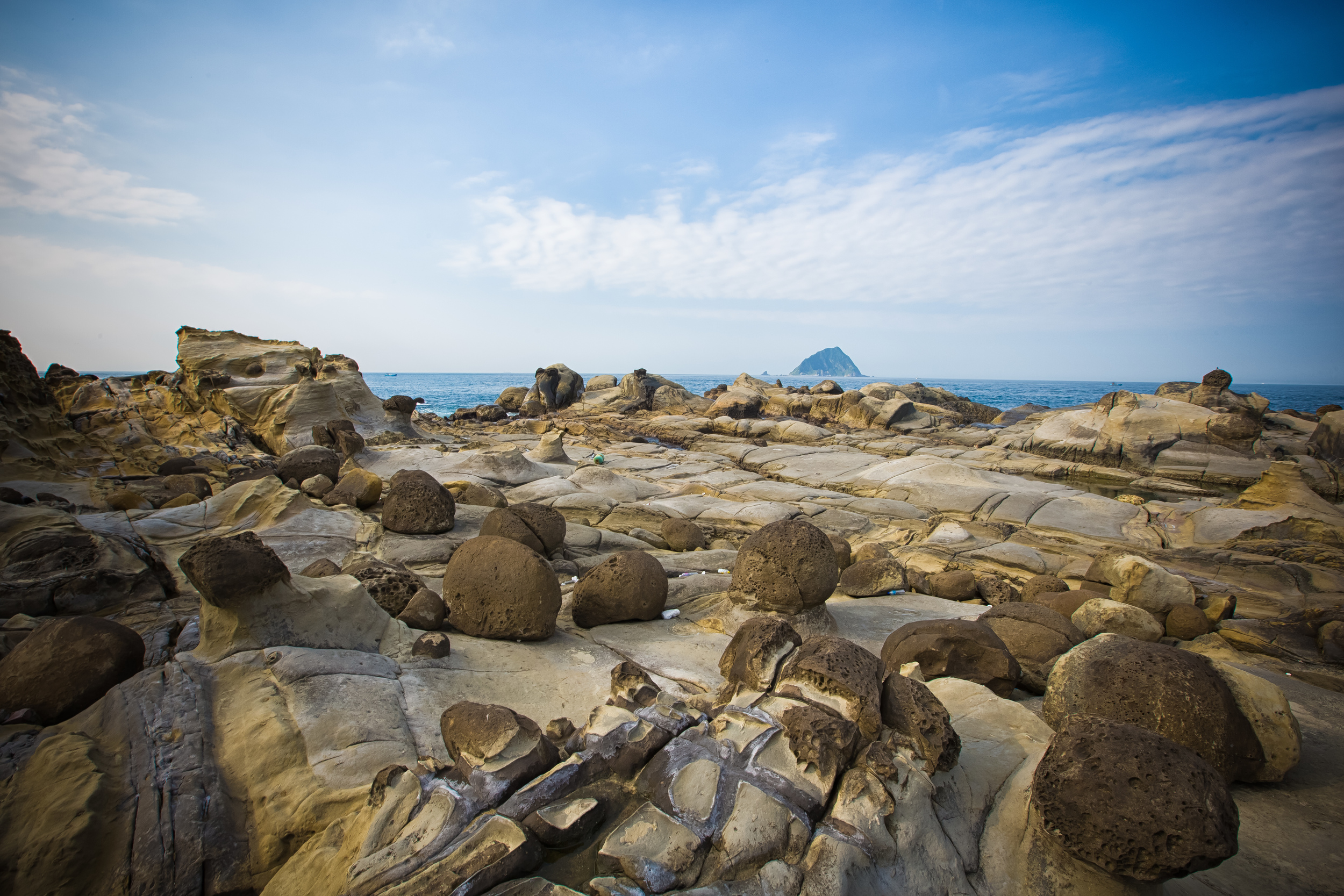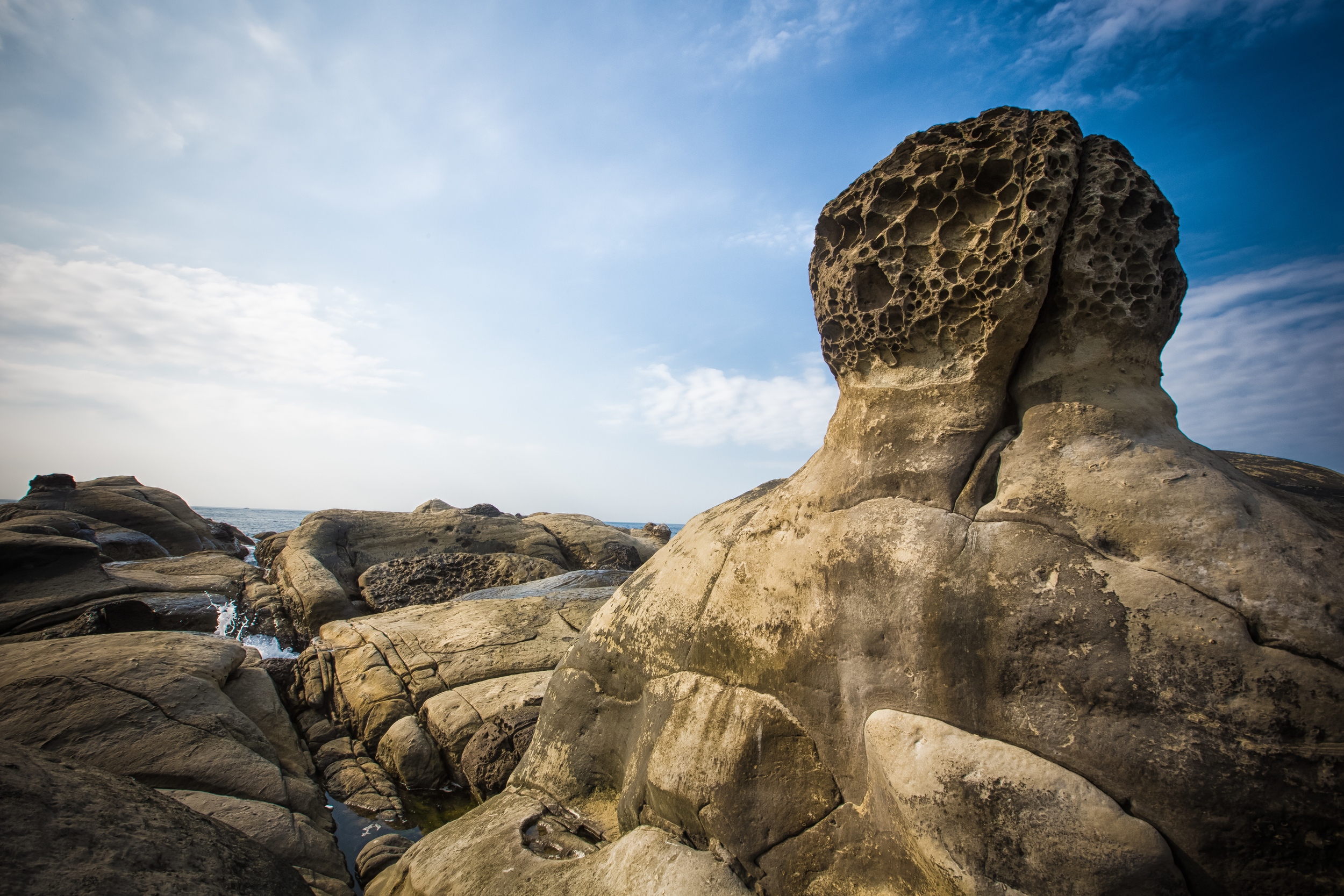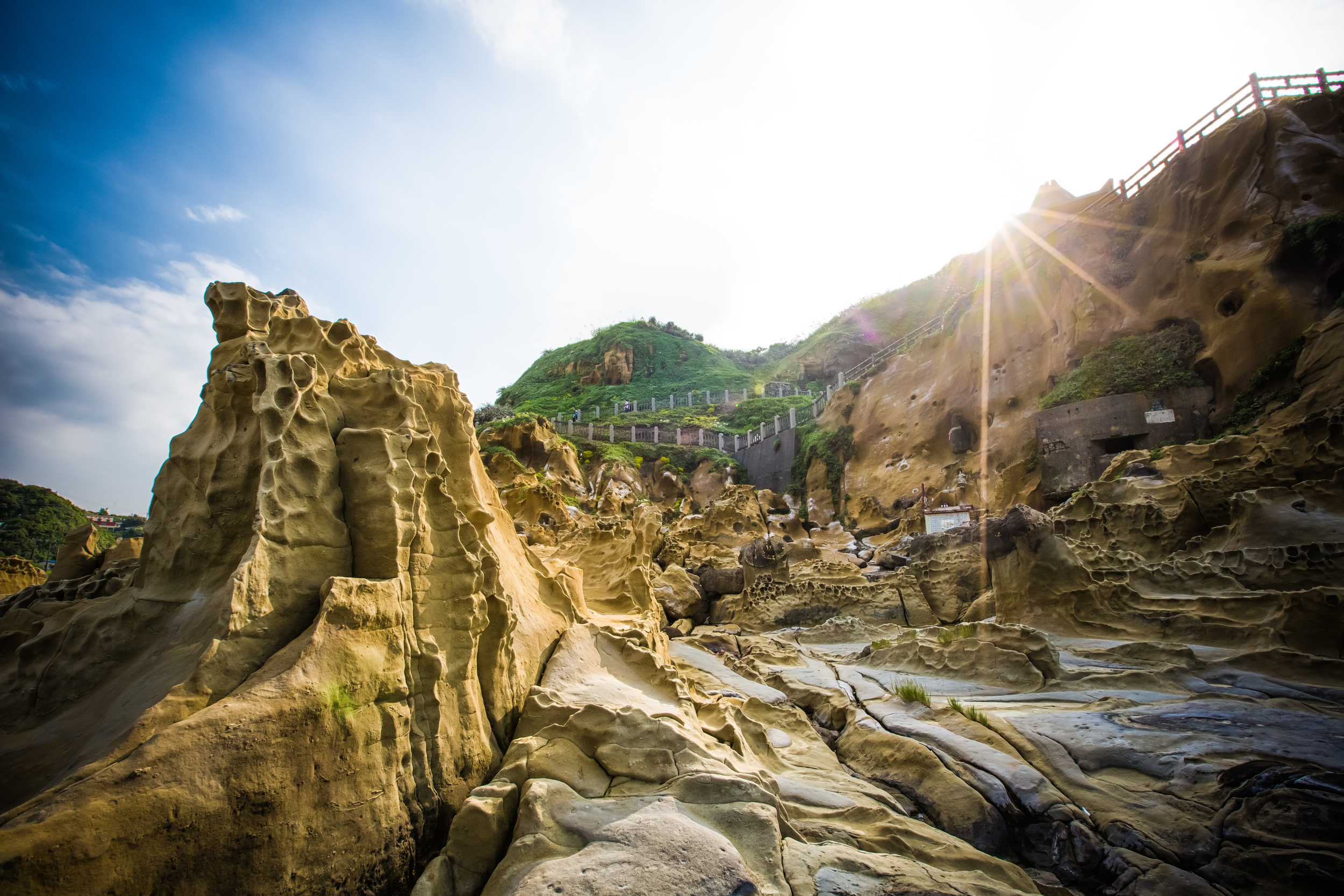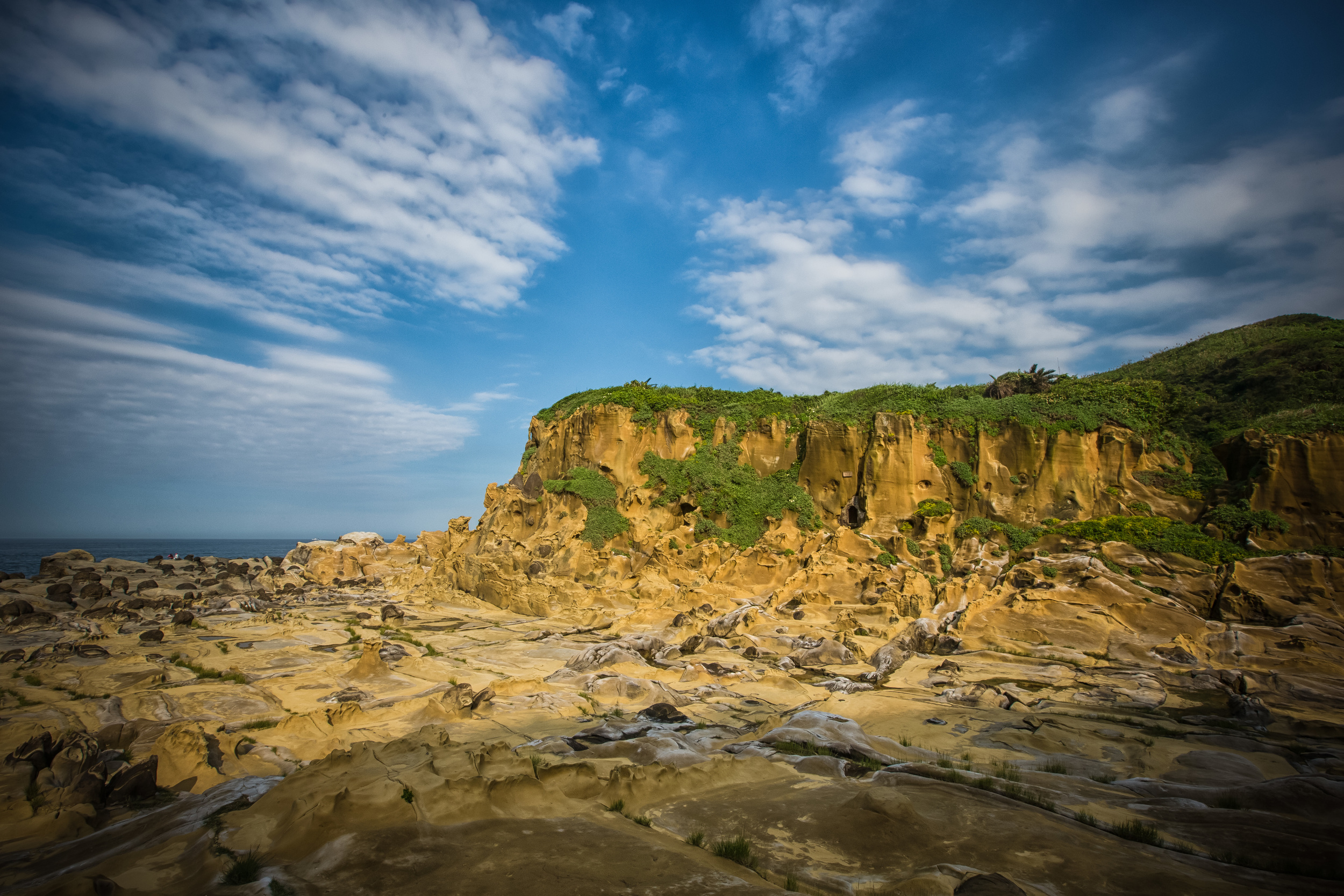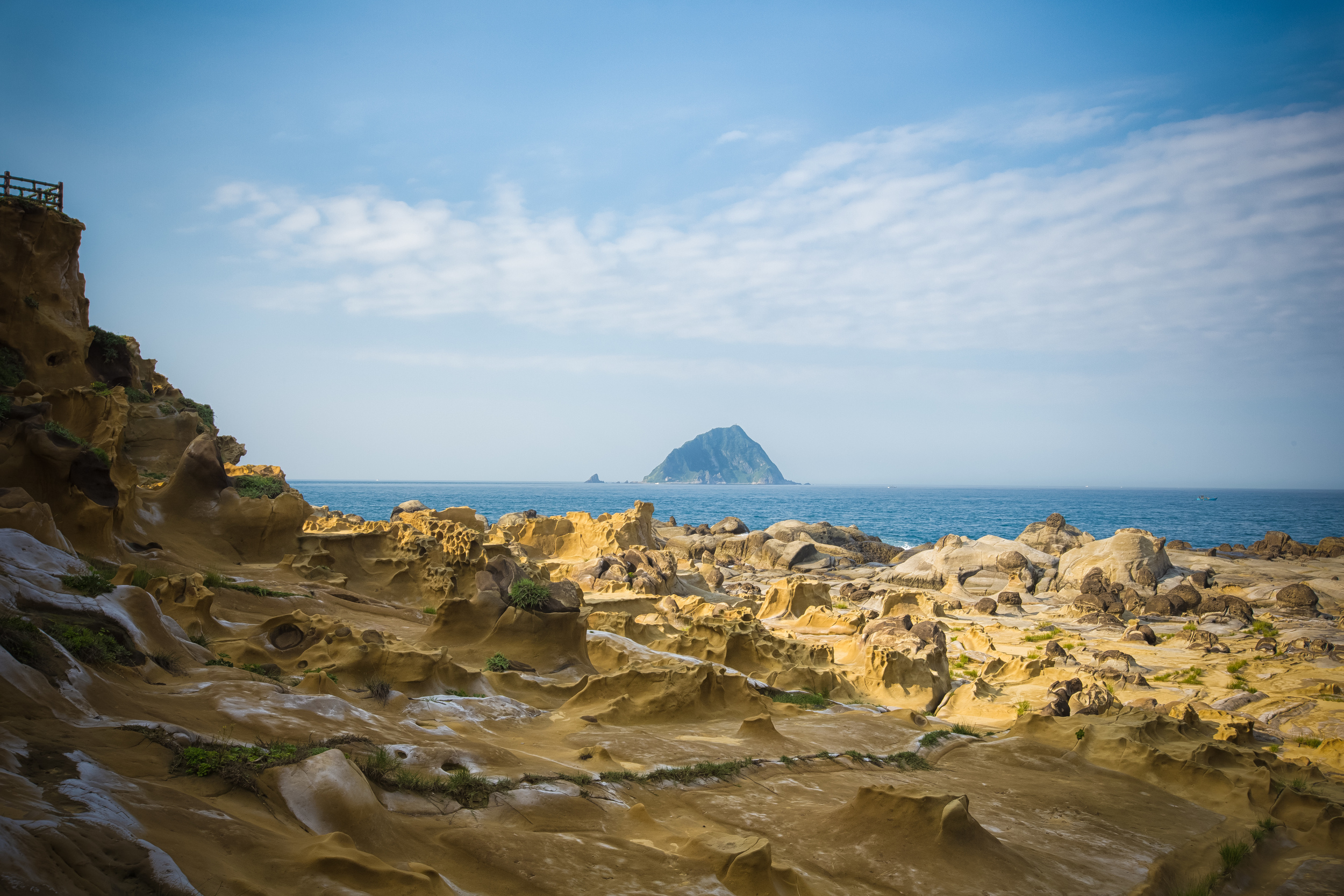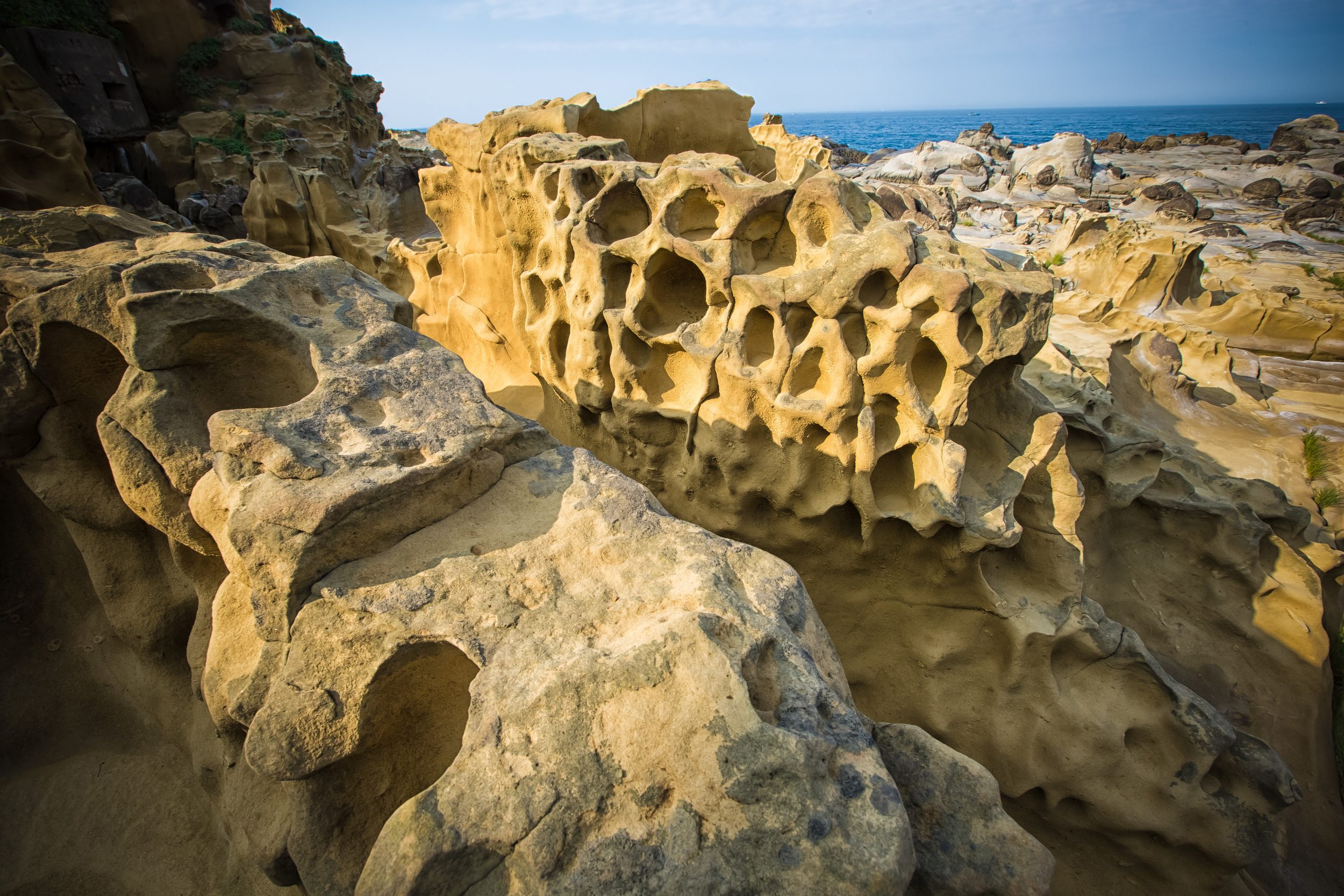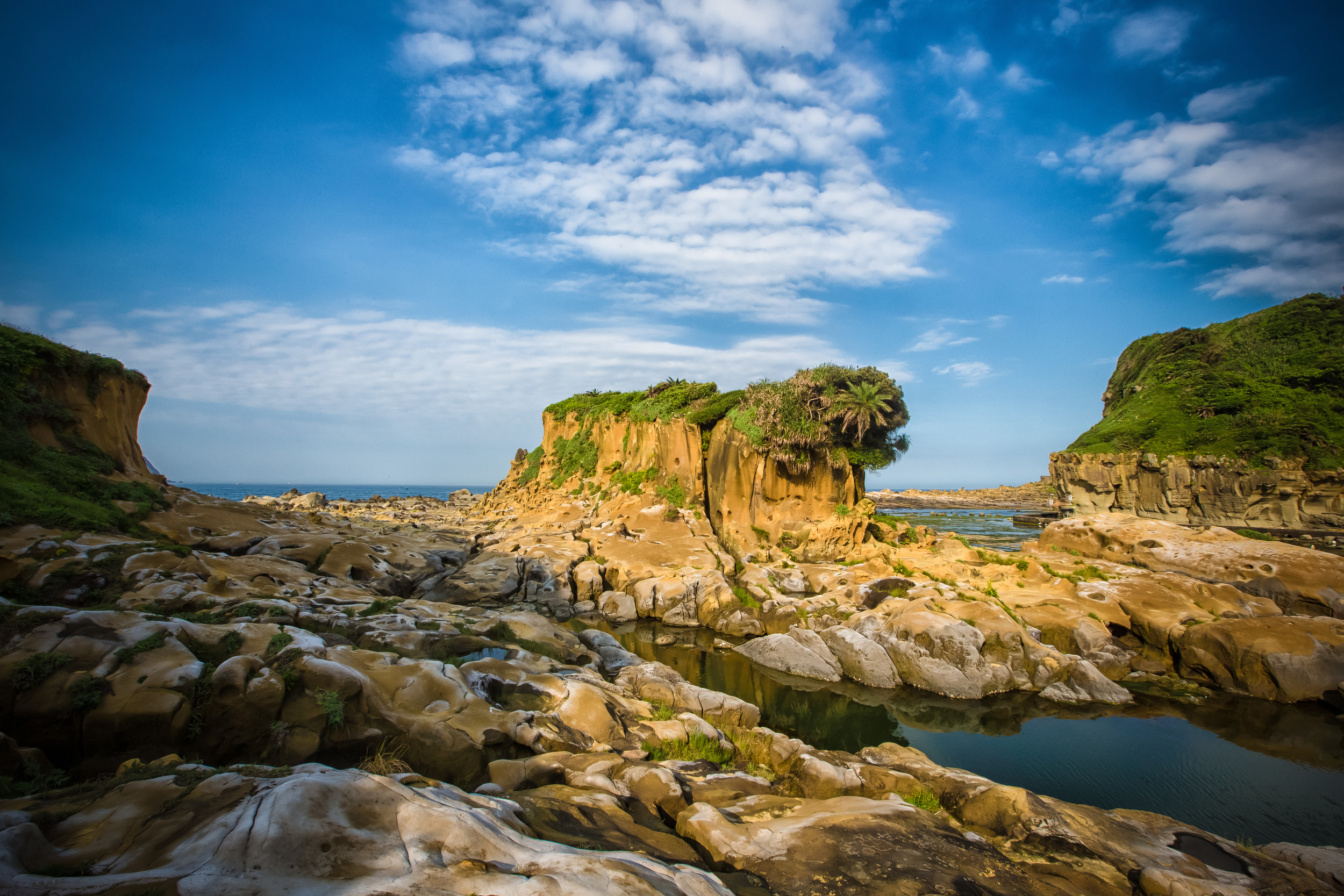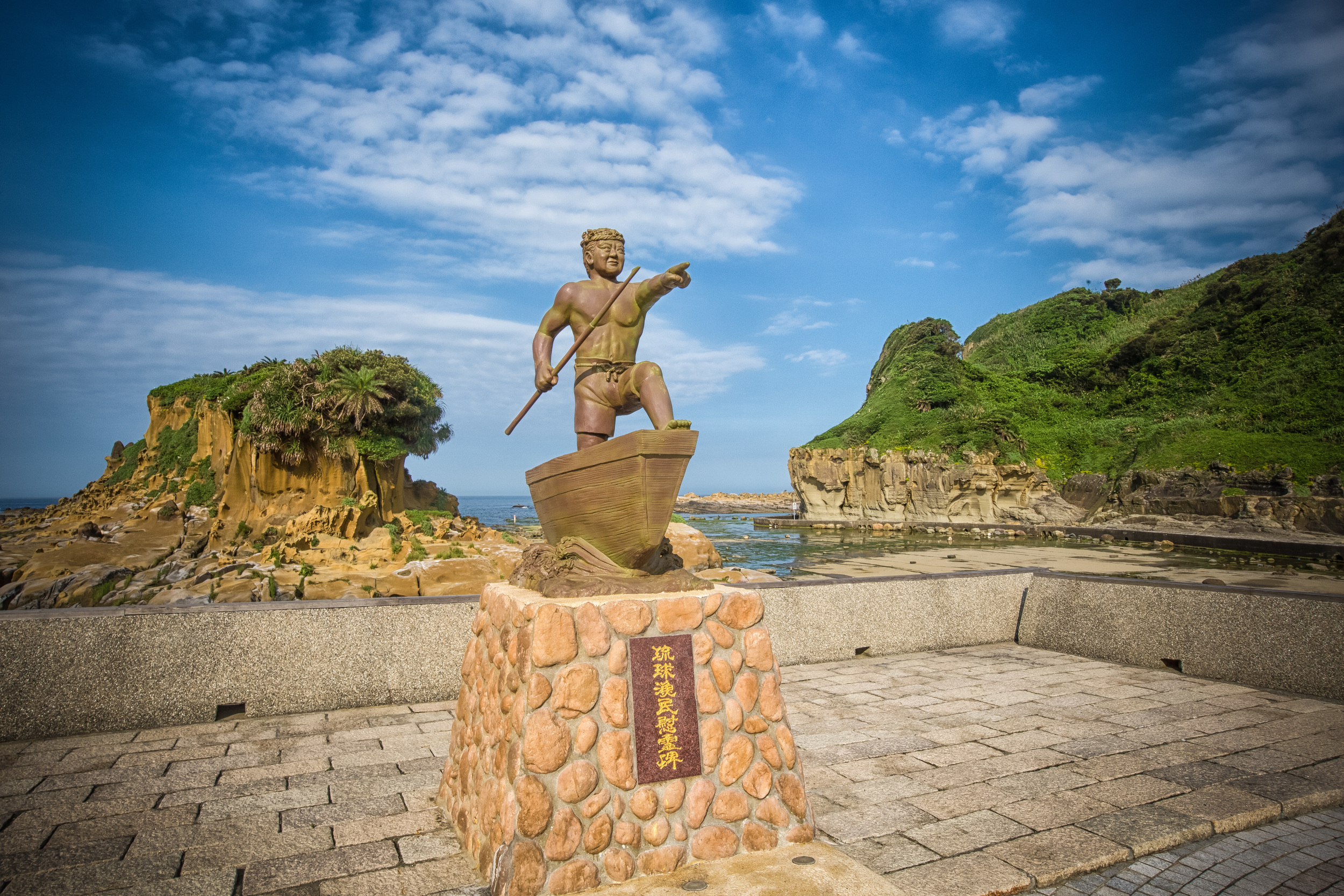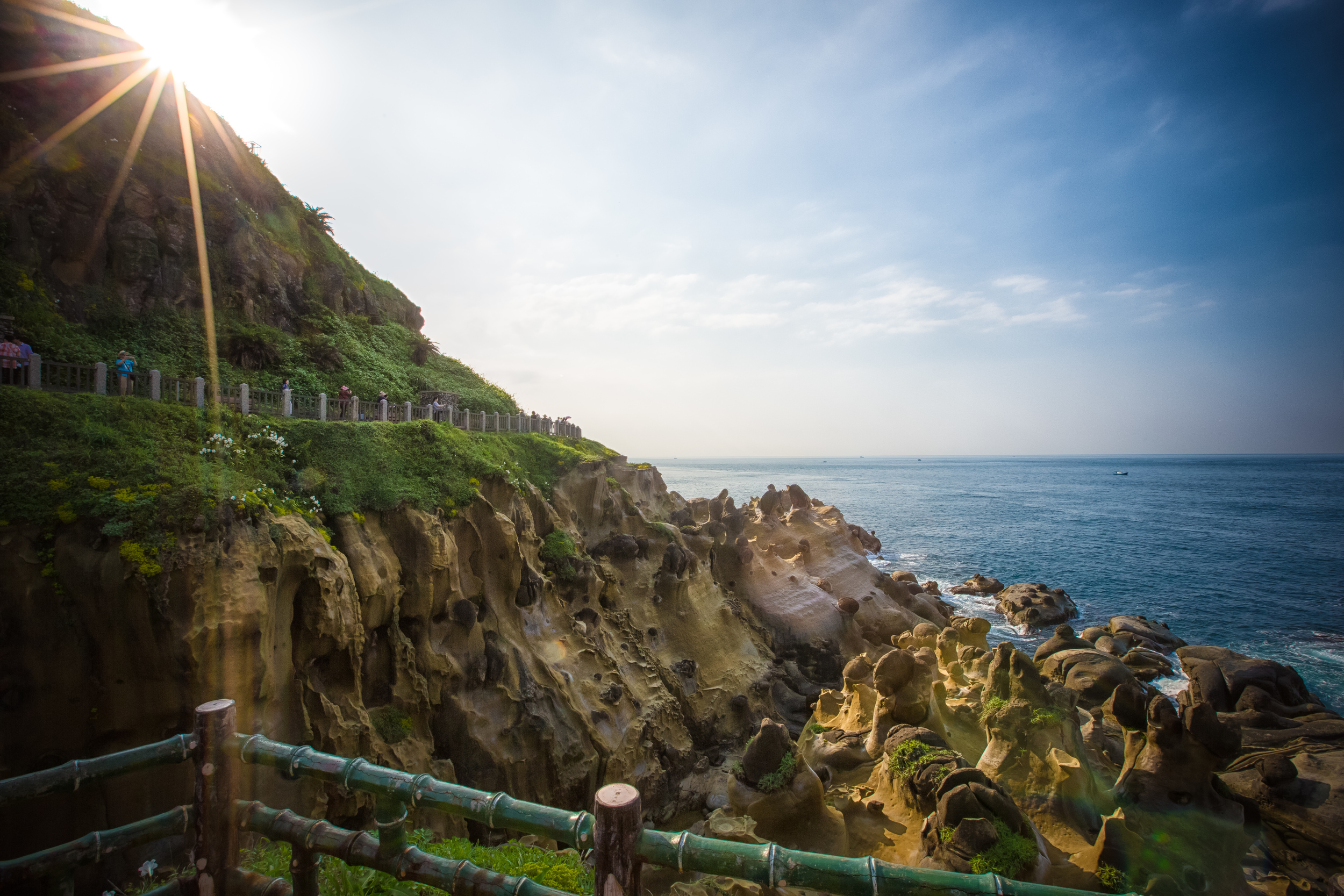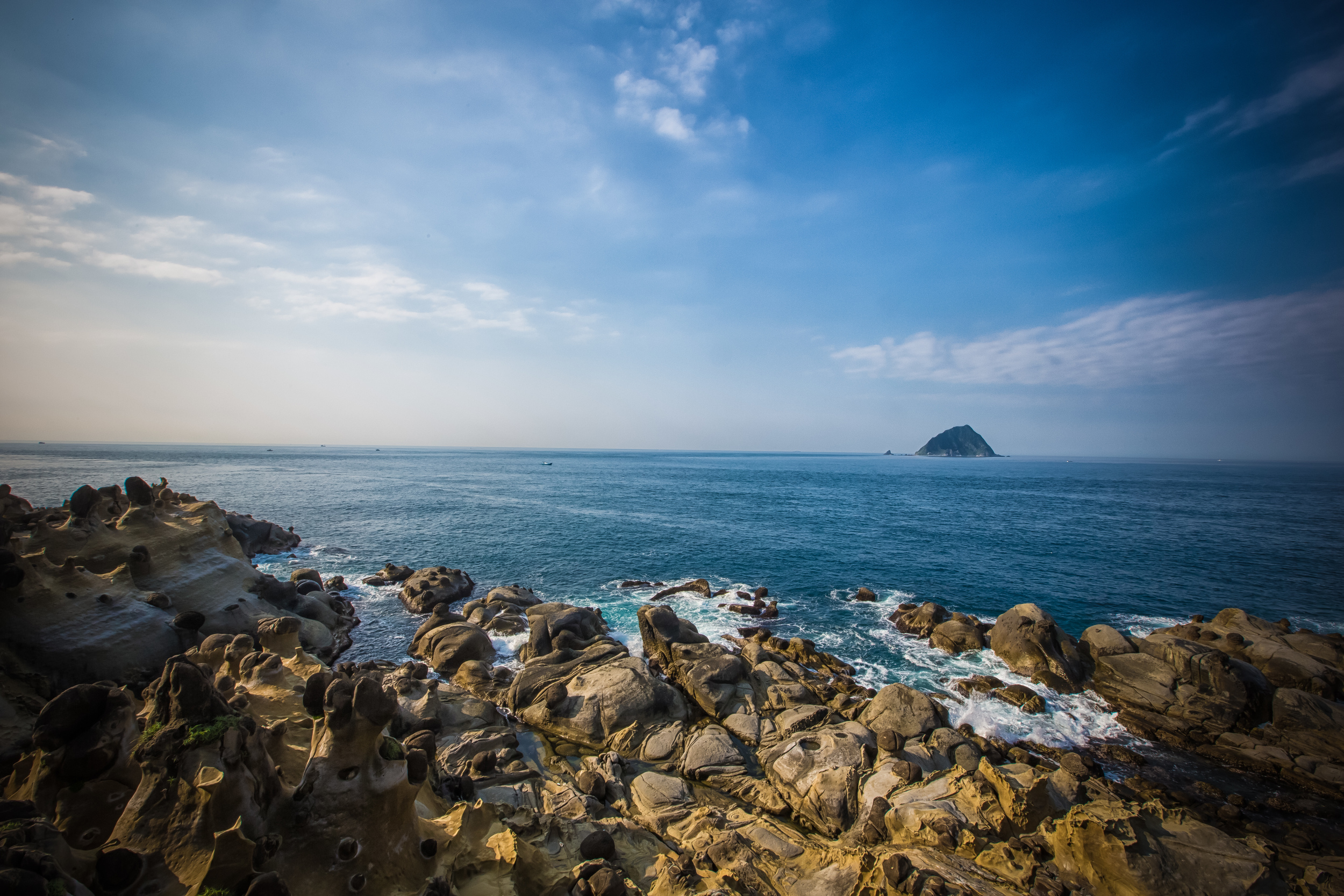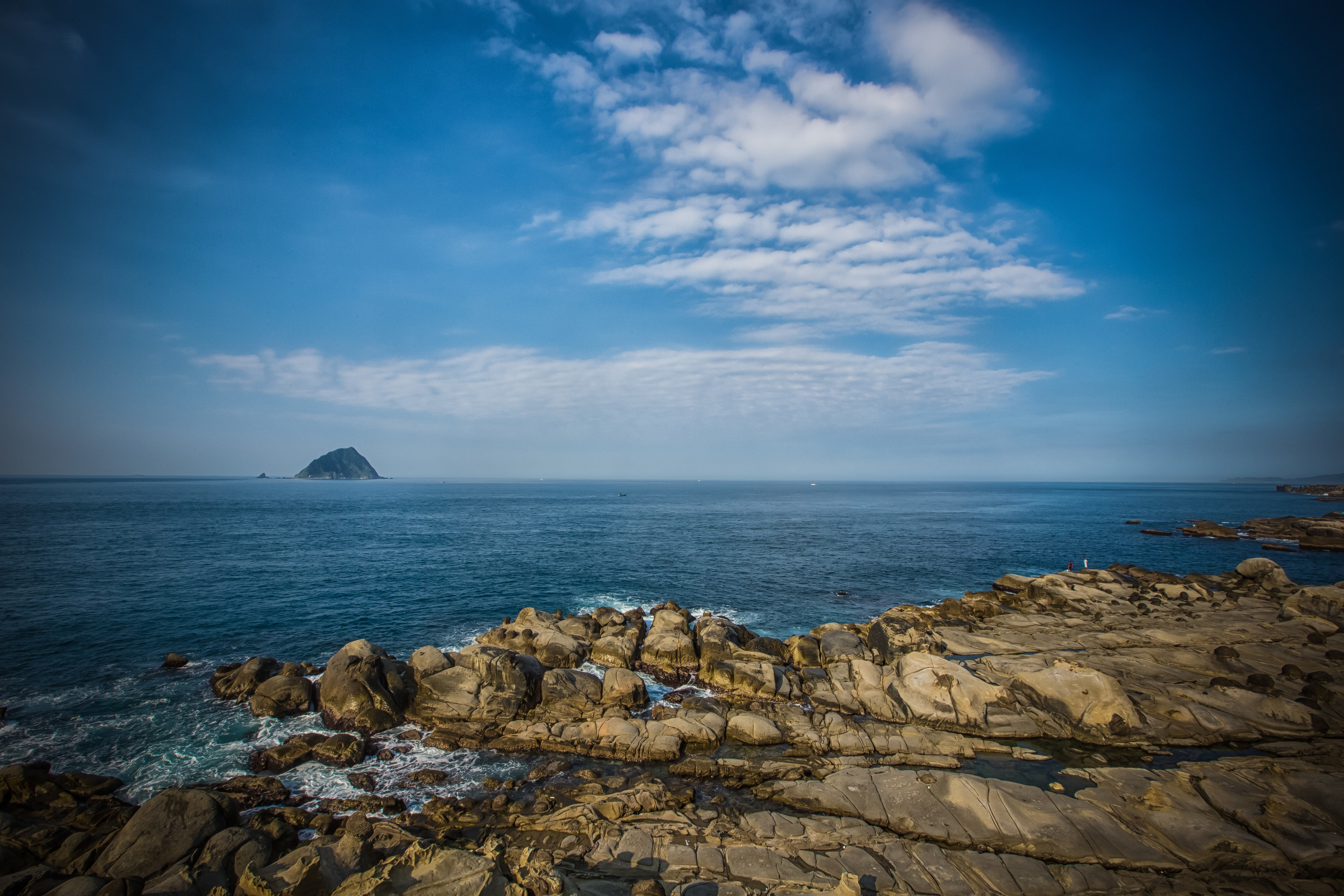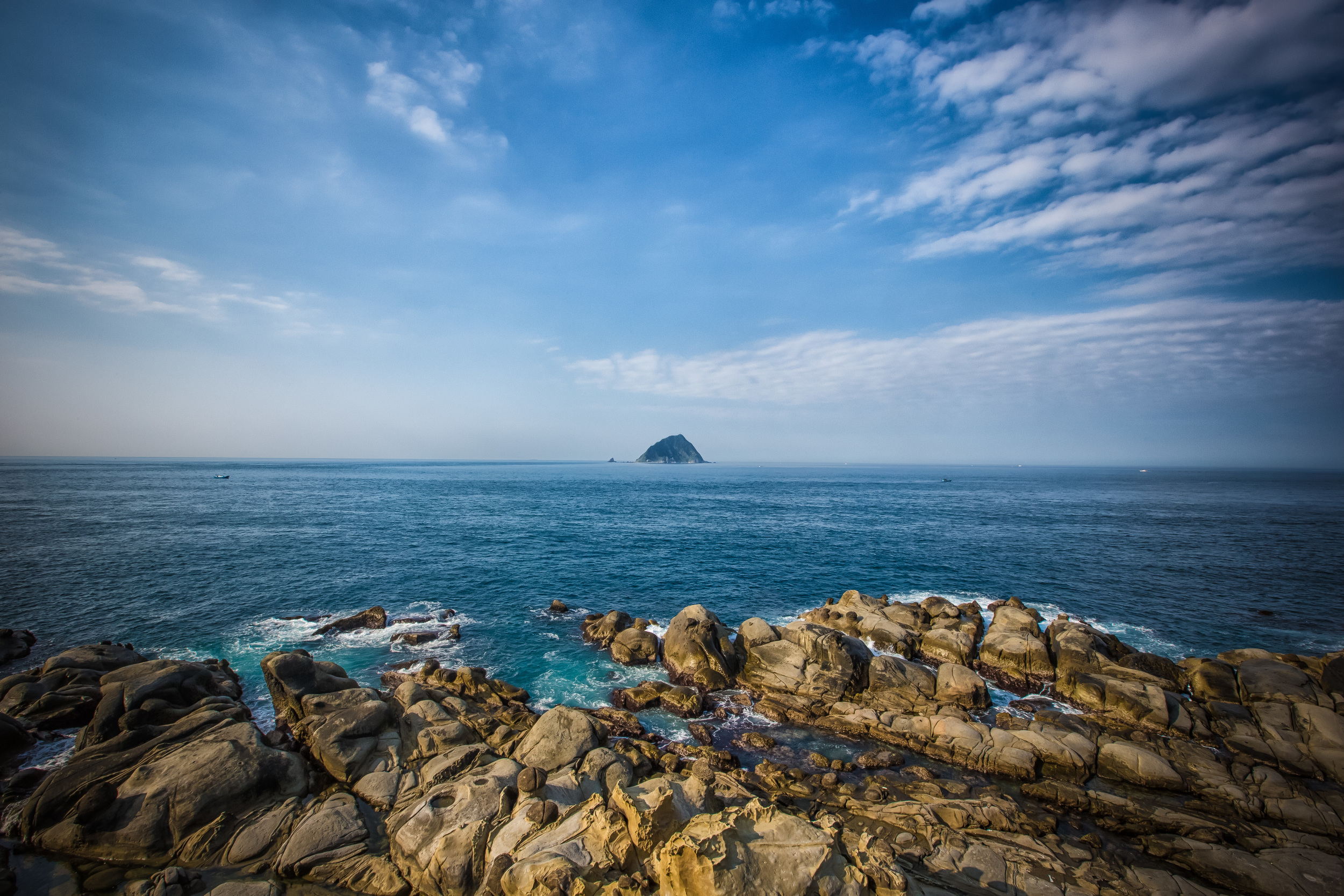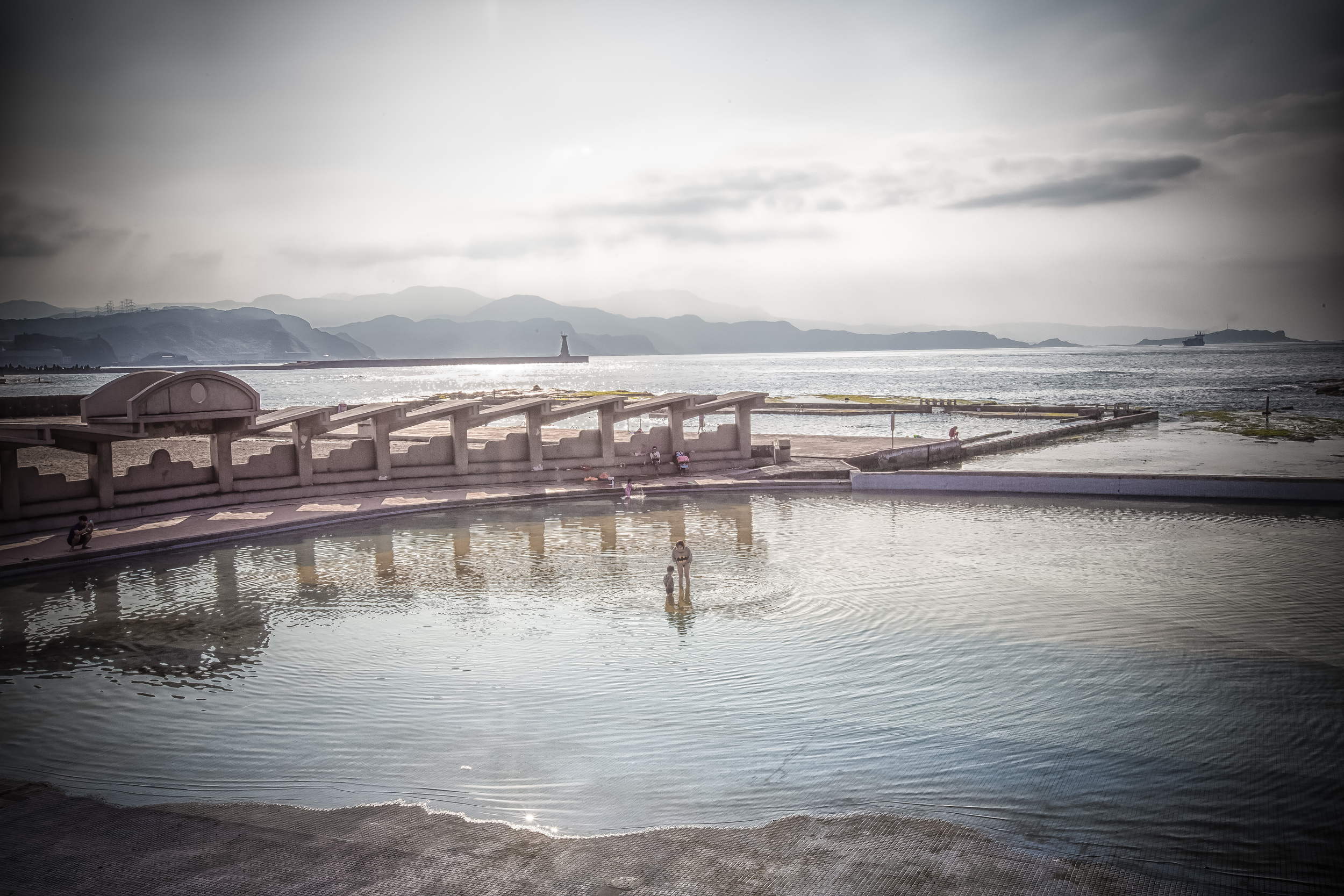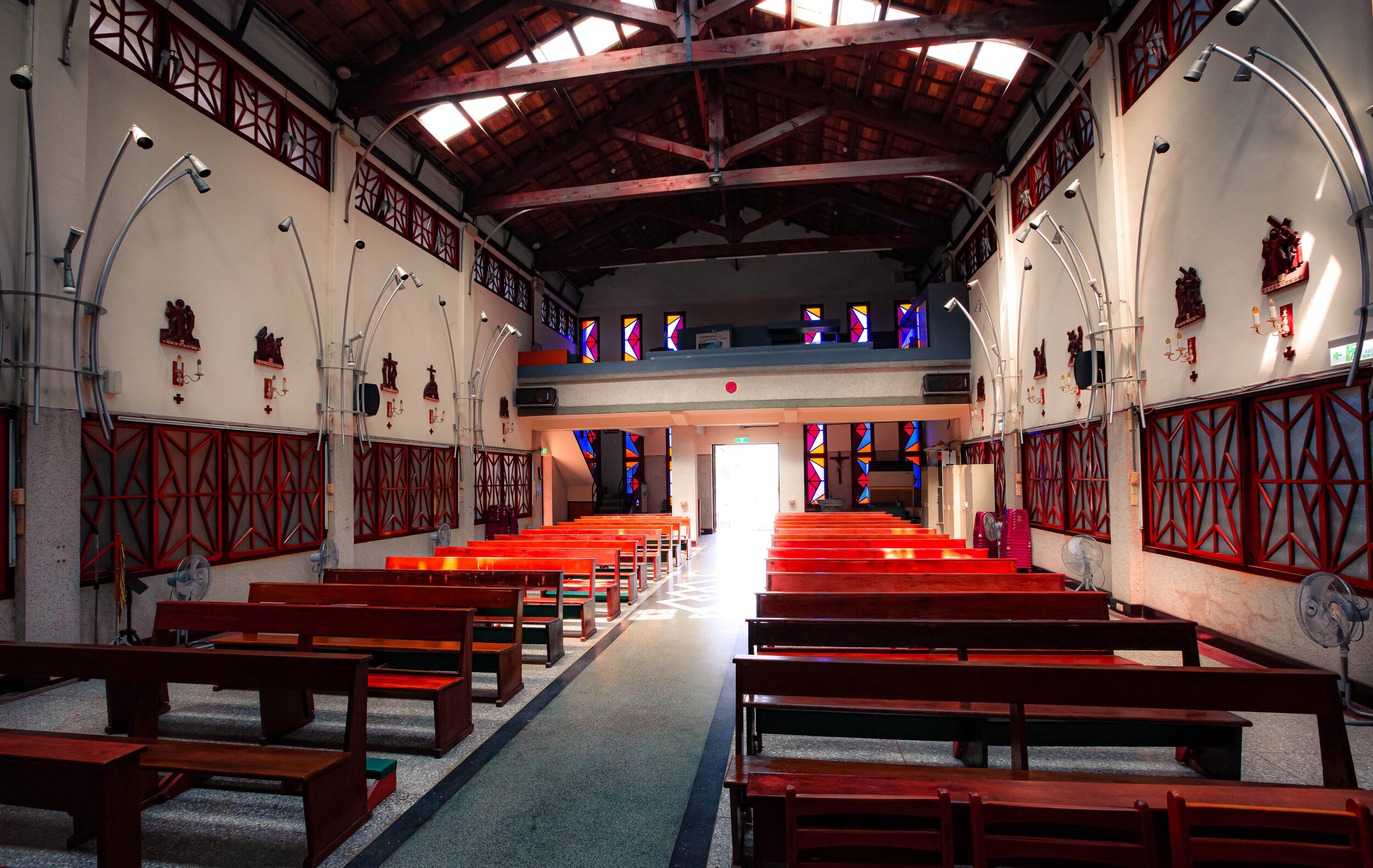Dragon Boat Festival (端午節) is a traditional holiday on the Chinese calendar with an over two thousand year history. There are various origin stories that dispute how the festival began, but one thing that all the stories agree on is that they all involve aspects of virtue, honour, loyalty and love for your family and friends. (Click the link for a better description of the various origins)
The festival is celebrated as a statutory holiday here in Taiwan as well as in Hong Kong, Macau and (more recently) China while the traditional aspects of the festival are also quite popular in countries where there are large Chinese-speaking communities
The Hong Kong Tourism Bureau reinvigorated the modern races in the 1970s and since then they have become somewhat of a world-wide phenomenon transcending racial and cultural barriers!
In Taiwan, the holiday is named "Duanwu Festival" (端午節) in Mandarin rather than "Dragon Boat Festival" (龍船節) as it is more commonly known in English. This can lead to a bit of confusion about the name of the holiday as the Mandarin and English names refer to different things. Never fear though, they are the same thing and while our Taiwanese friends will always call it "Dragon Boat Festival" in English.
To explain a bit though, "Duanwu Festival" (端午節) refers to the lunar calendar and the time of the year when the holiday takes place - Which means that the holiday falls on a different day every year.
Duanwu (端午) refers to the time of the year when the sun is the strongest, the days are longer and summer is in full swing.
In Ancient China, they believed that the sun, much like the dragon were representative of a man and that the summer solstice was the time of the year when a man would experience the peak of his sexual prowess - so the holiday falls on an important time of the year when dudes are more prone to be doing their thing.
These days we have viagra, so its not much of a big deal to be at your sexual peak year round!
Some foreigners may get confused that the Dragon Boat races are actually only a small part of the actual holiday while other traditions tend to be more important.
In Taiwan, the most popular activity during the holiday is probably the preparation and consumption of "zongzi" (粽子) - sticky rice and other ingredients wrapped in lotus leaf. Families will get together and prepare the treats and eat them together and also share them with friends and neighbours.
Another popular (yet somewhat strange) activity is balancing an egg on a flat surface at a specific time of the day. If you check Facebook or Instagram on Dragon Boat festival you are likely to find quite a few people posting shots of eggs standing up with some exuberant thumbs up and happy faces!
Most people use the holiday as a chance to get away and travel to other places around the country with their family. Traffic is always a bit crazy during the holiday and if you plan on going anywhere during the days off, it would be a good idea to book tickets or hotels early as space runs out pretty quickly.
Different counties throughout the country will sponsor Dragon Boat Races and the races attract thousands of people who crowd around to see their friends and family taking part. Local governments will also allow vendors set up offering food to visitors before ending the festival with fireworks display after the championship race.
I've been to the races in a few places around Taiwan over the years, but my favourite race is here in Taoyuan at the Longtan Lake (龍潭大池) The lake here covers a large area and offers better facilities and more space for visitors as well as better traffic control!
The size of the boats vary but it seems like a 14-man team is the standard in Taiwan with twelve paddlers, a steerer and a drummer (although boats in other places could have anywhere from 22 to 50 people) who practice weeks and even months in advance of the holiday to put on a good show for the spectators.
The races here in Taoyuan take place over a period of two days with a champion being crowned on the final day before the fireworks and the closing of the festival.
North Americans likely view Dragon Boat races as an event that happens in summer where groups will get sponsors to take part in the race with all the money going to a specific charity. The races here take on a different role as they are a cultural even and is an important way of keeping traditional culture alive - especially for younger people who tend not to care as much about its preservation.
Whether you're in the audience or a lucky member of a boat crew, the dragon boat races are always a great cultural event to take part in here in Taiwan and if you have the time to check out the races be sure not to miss them!
Gallery
